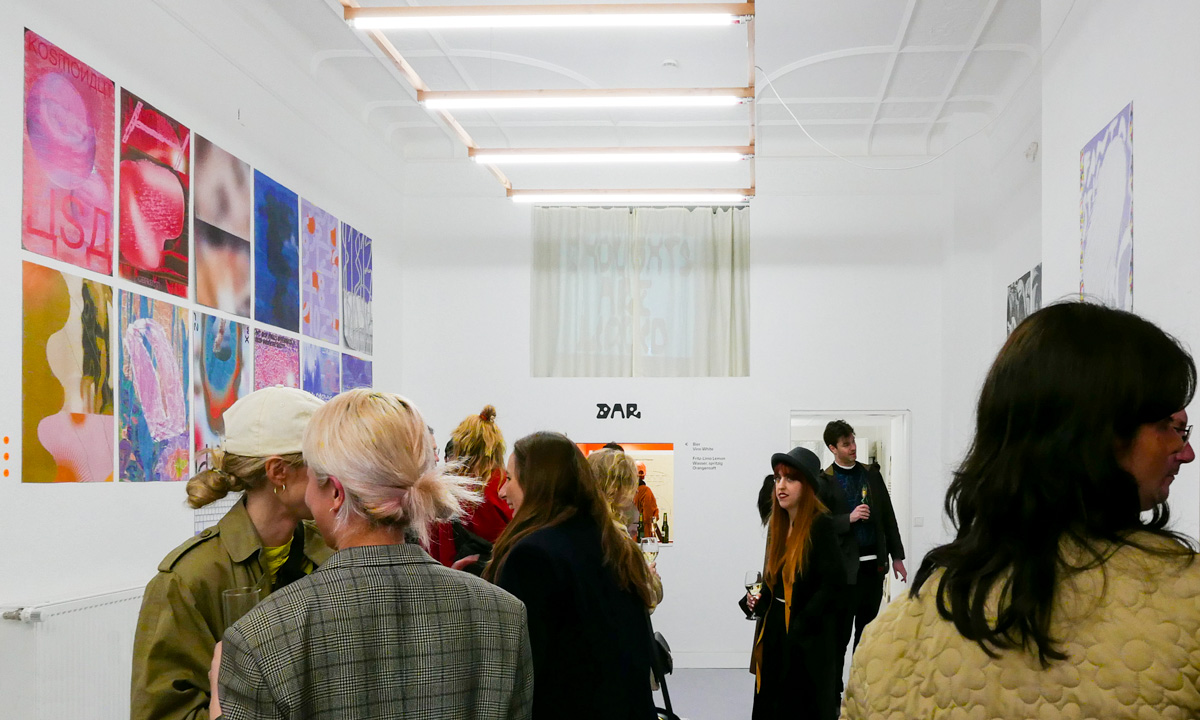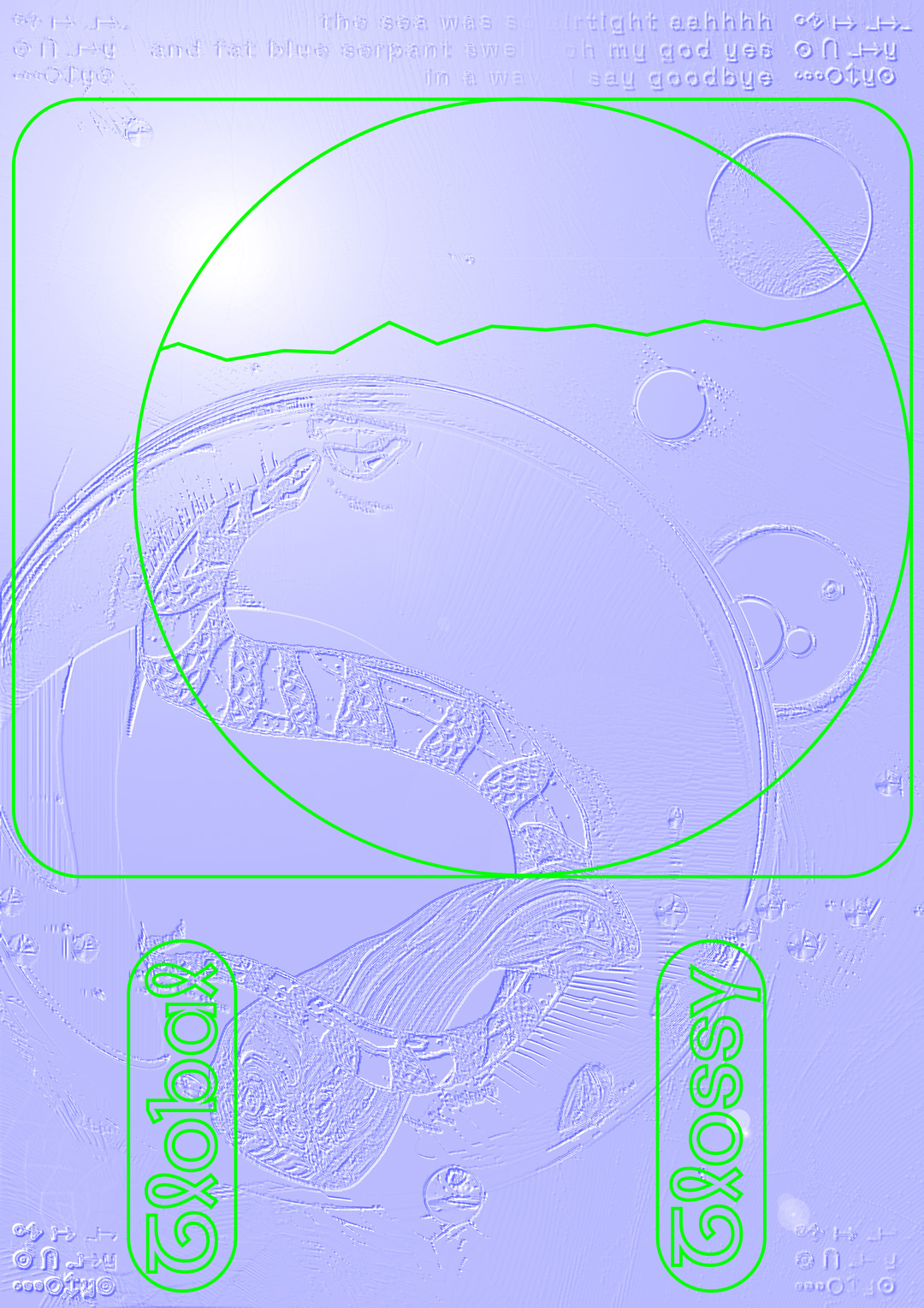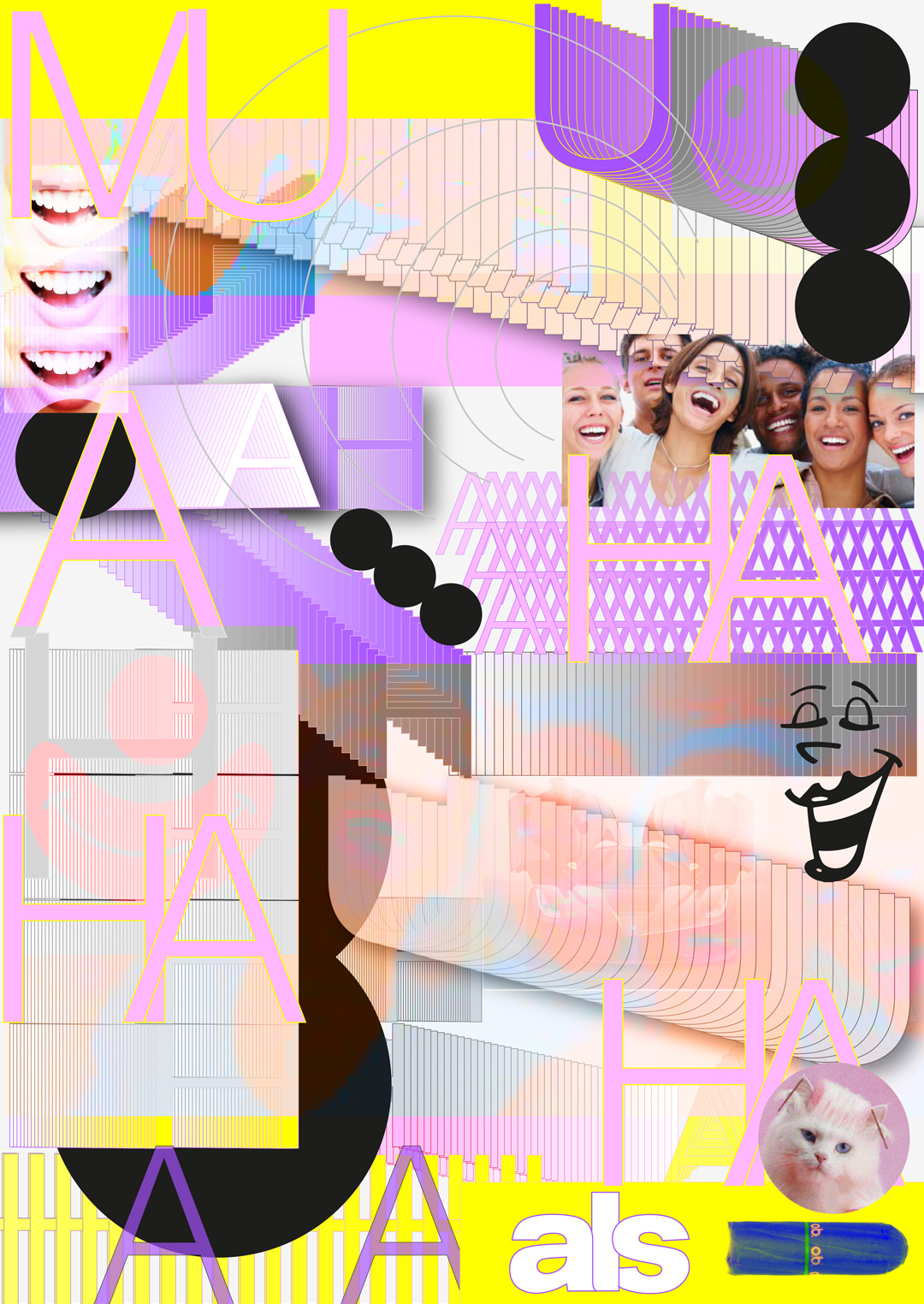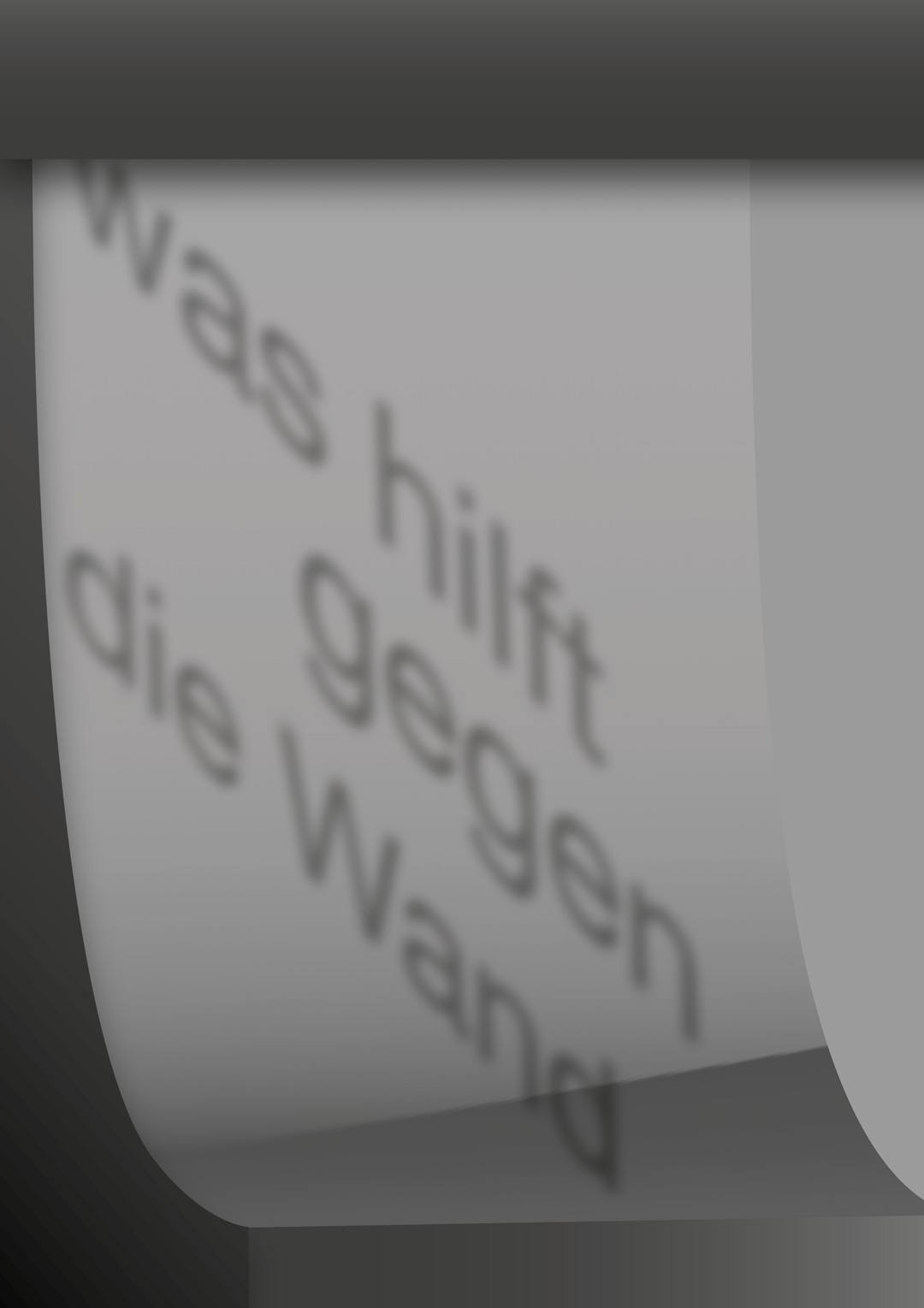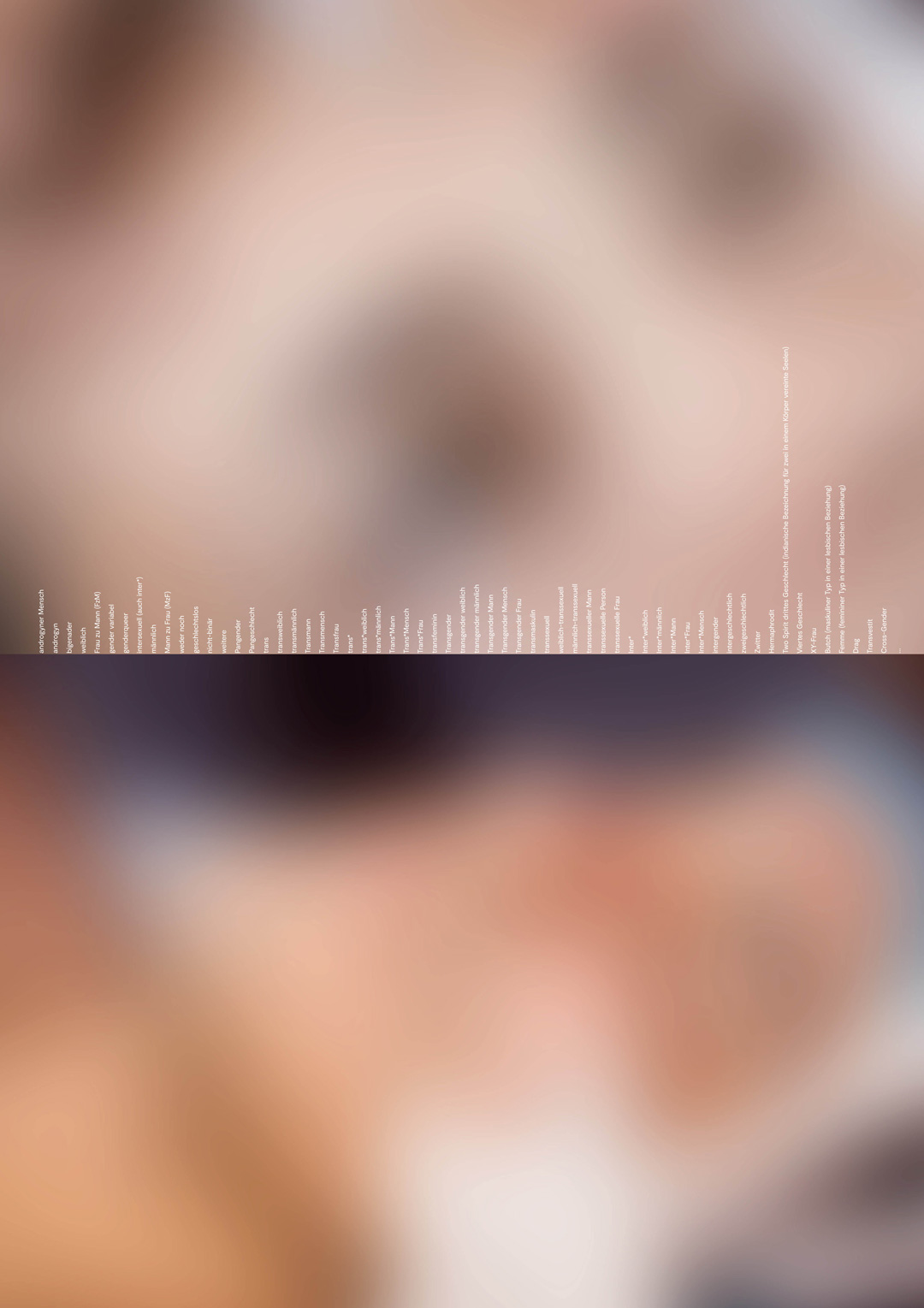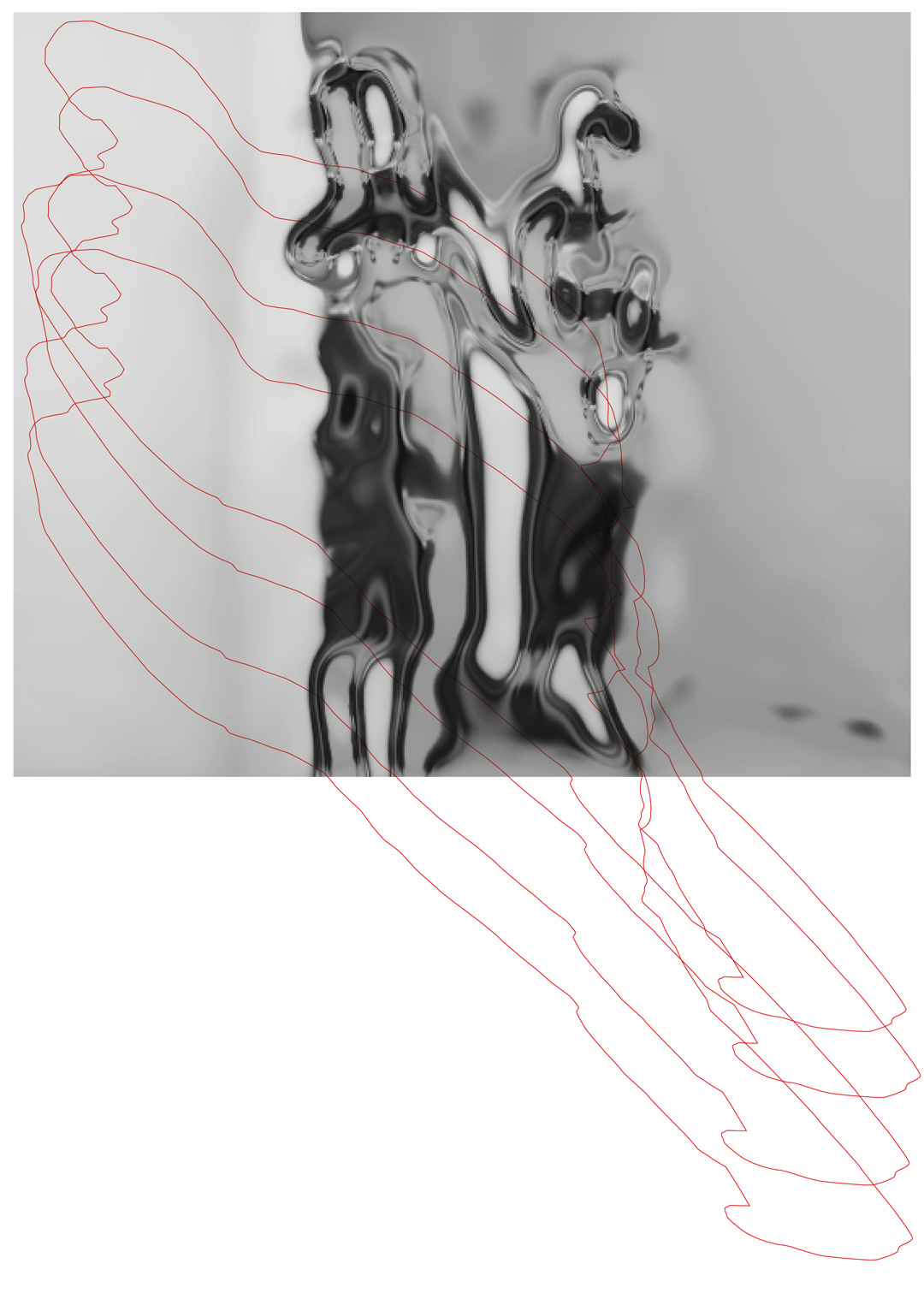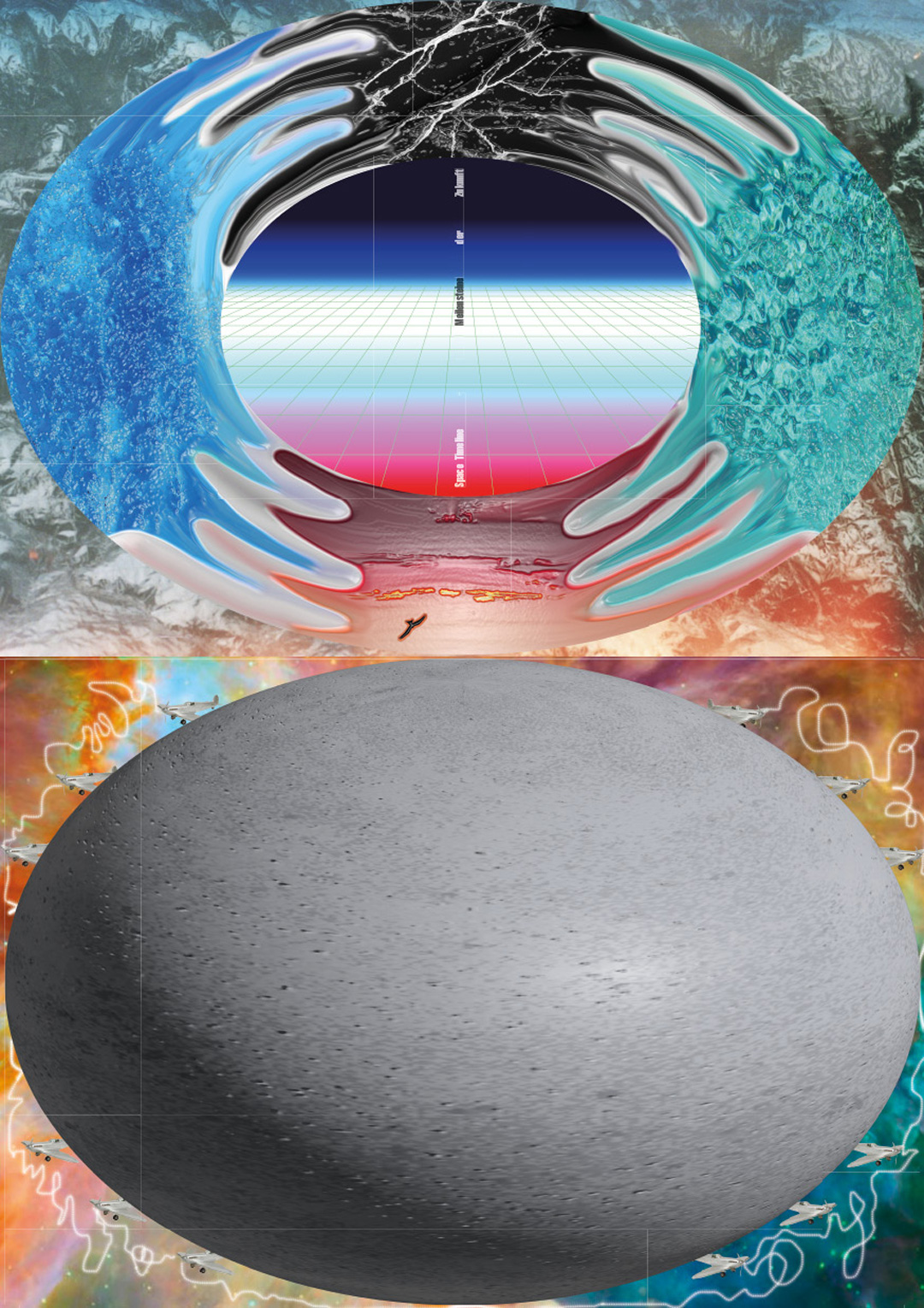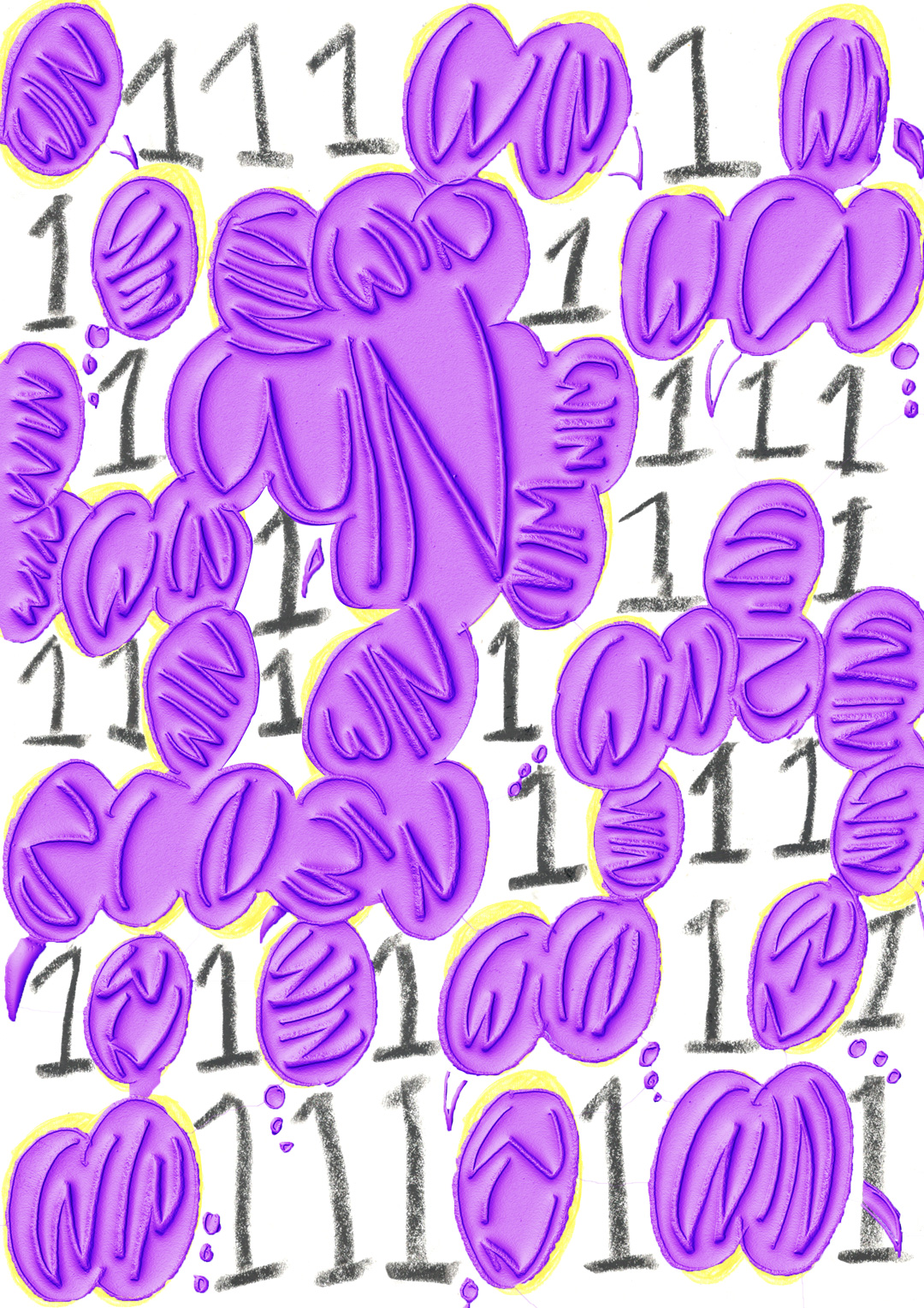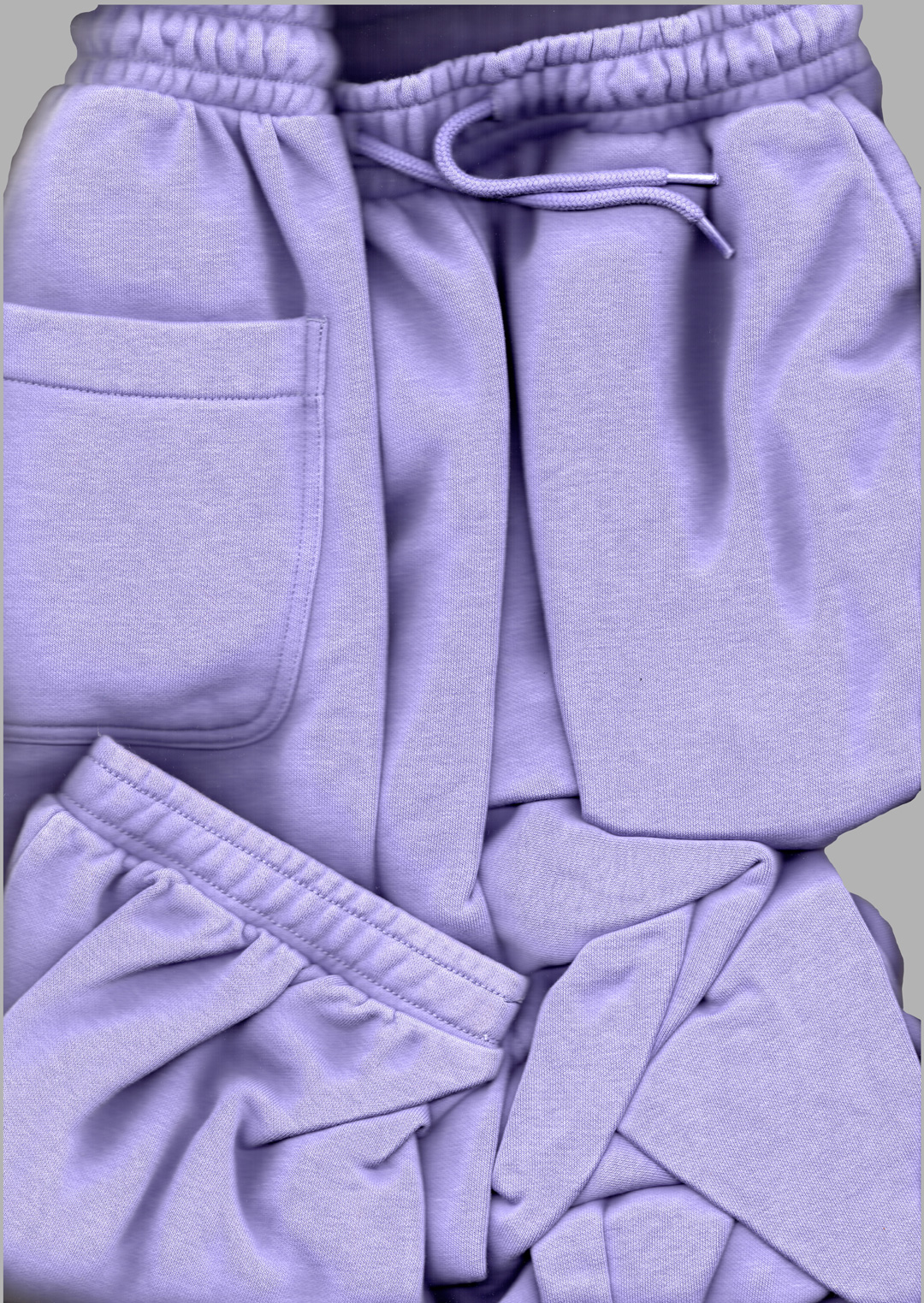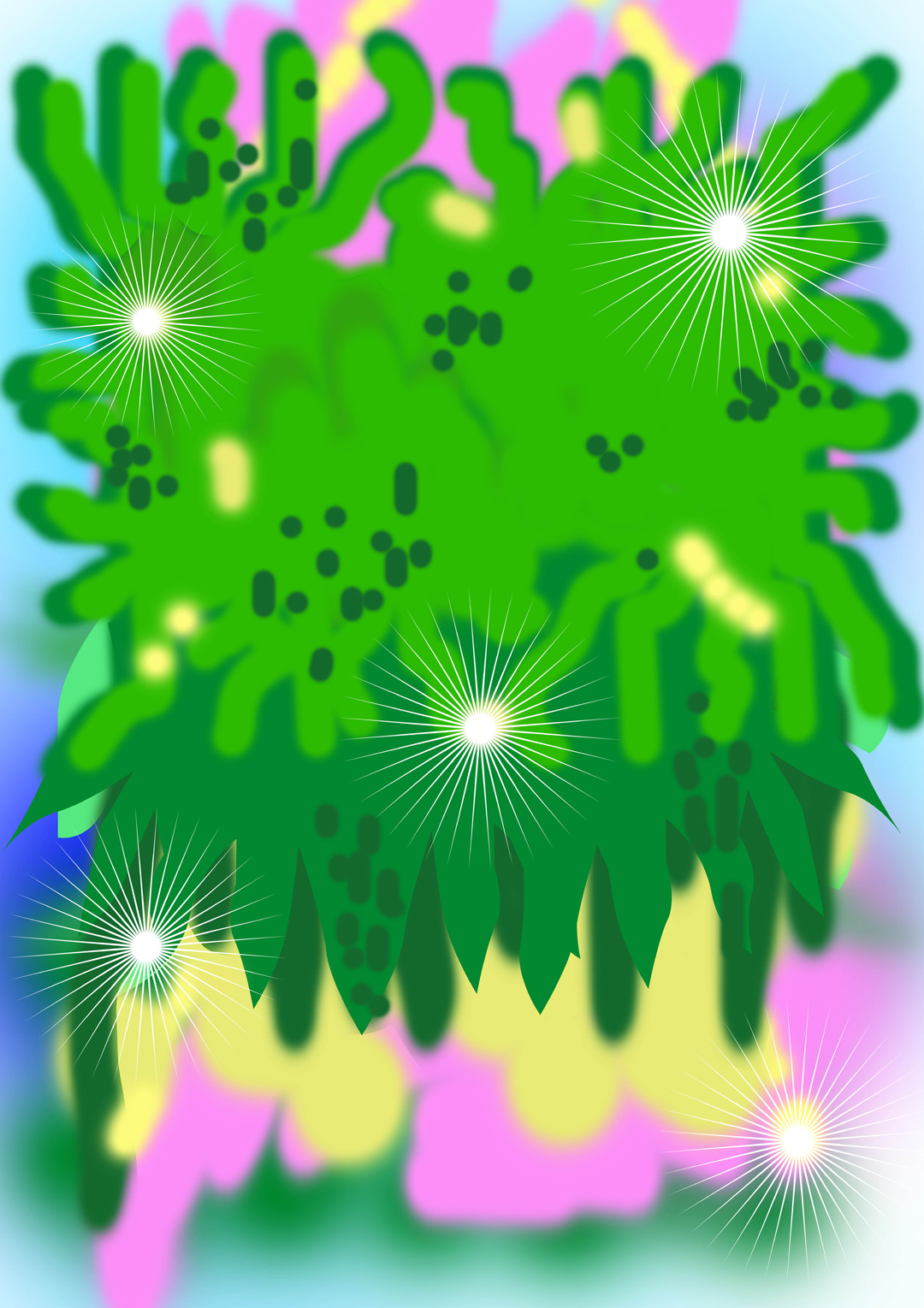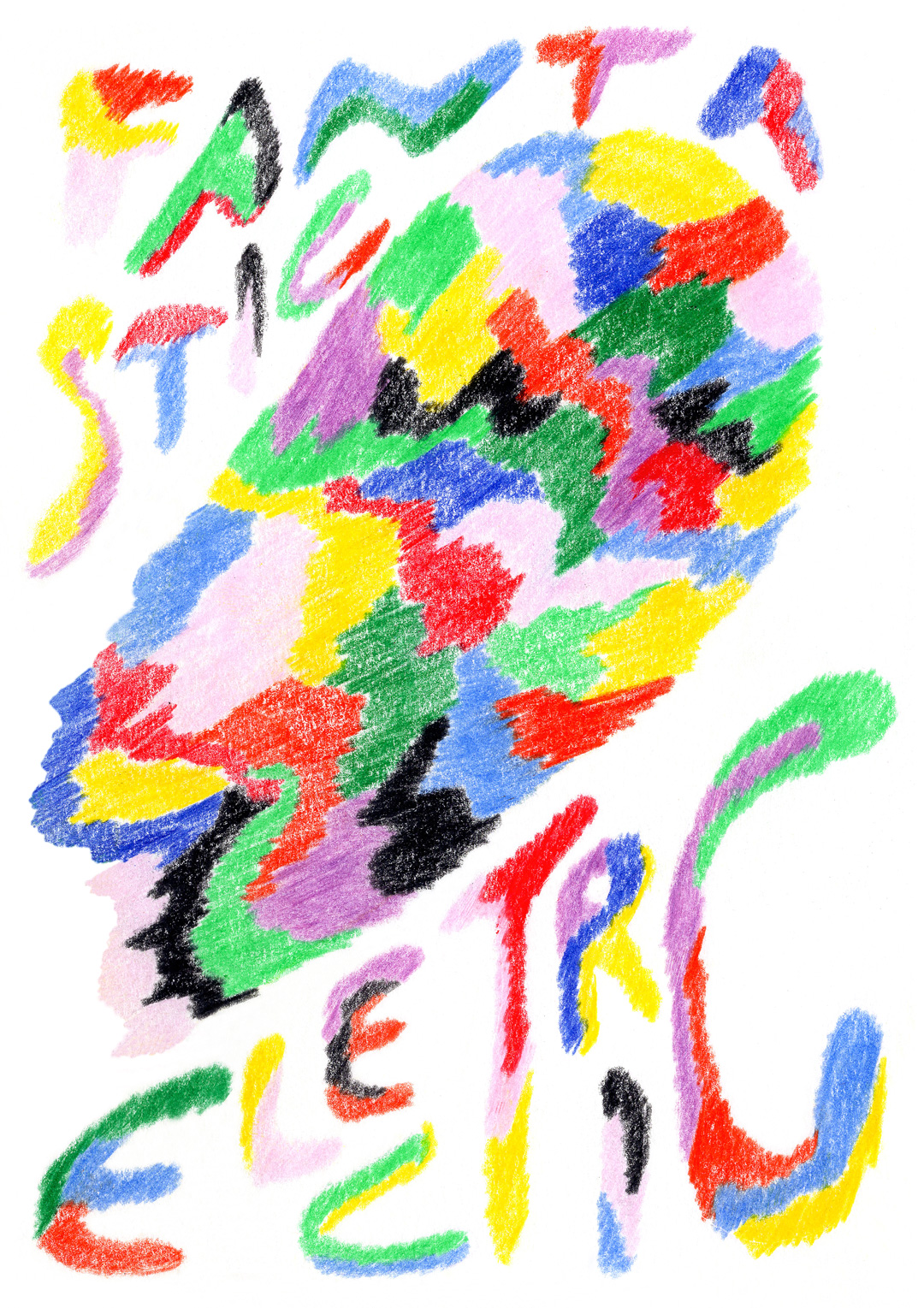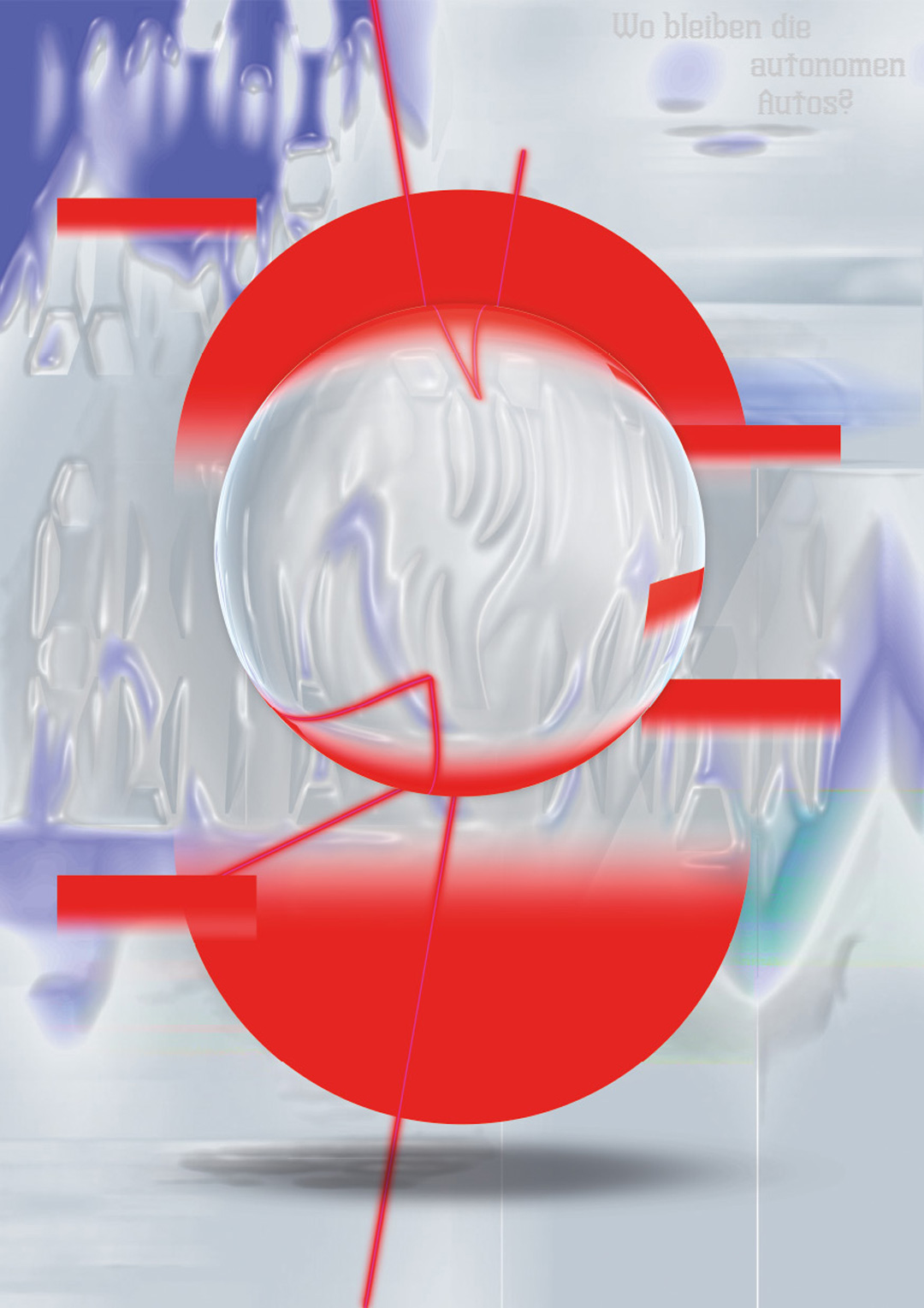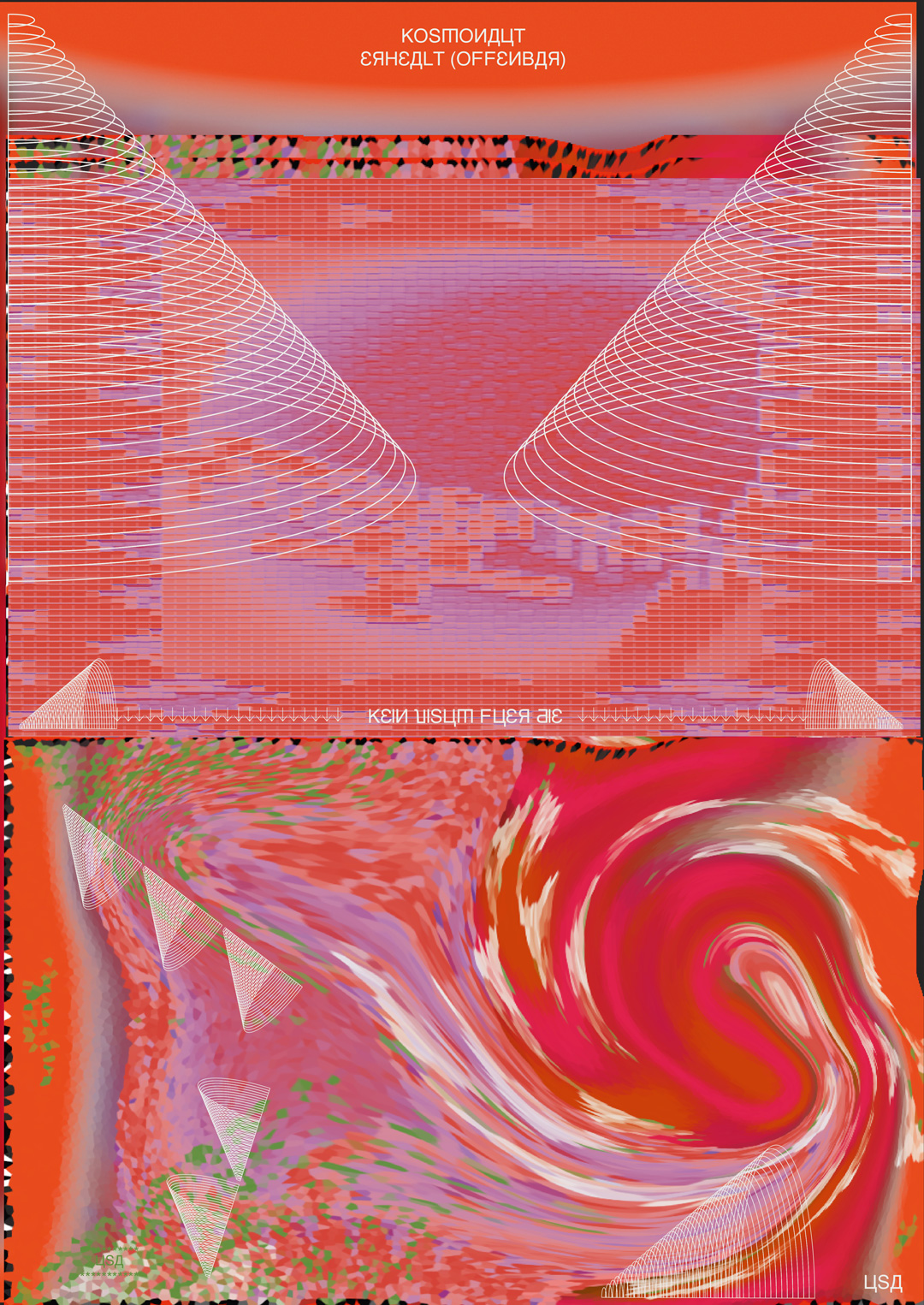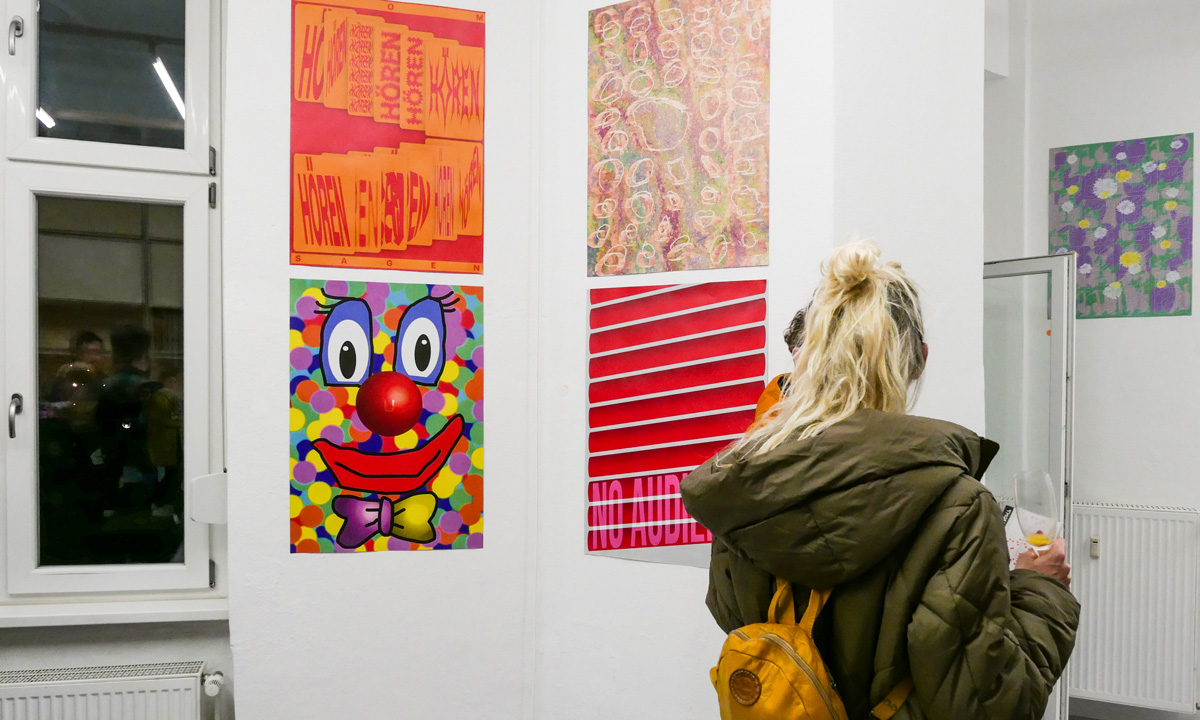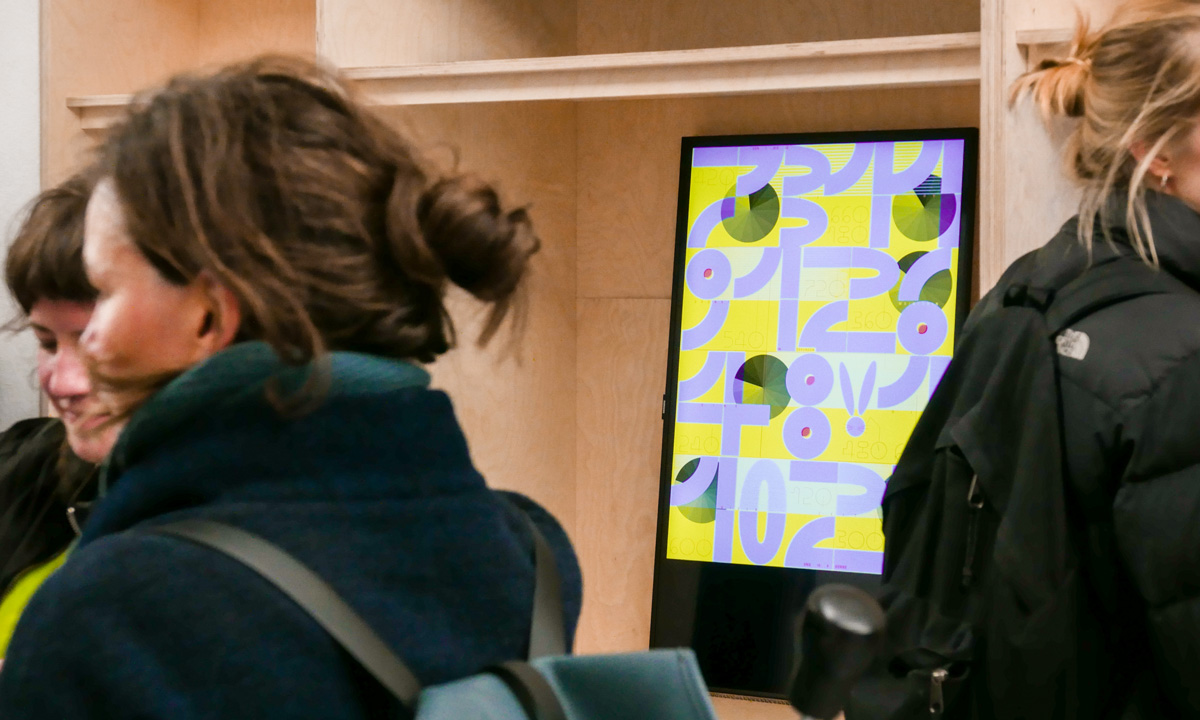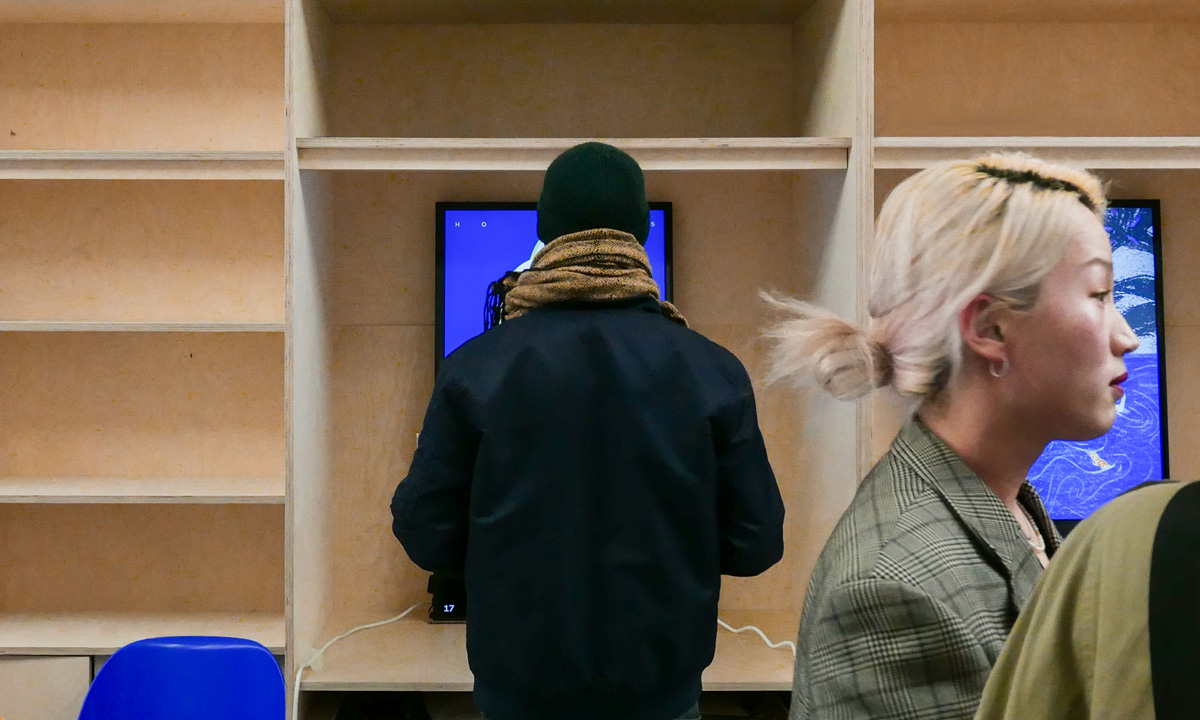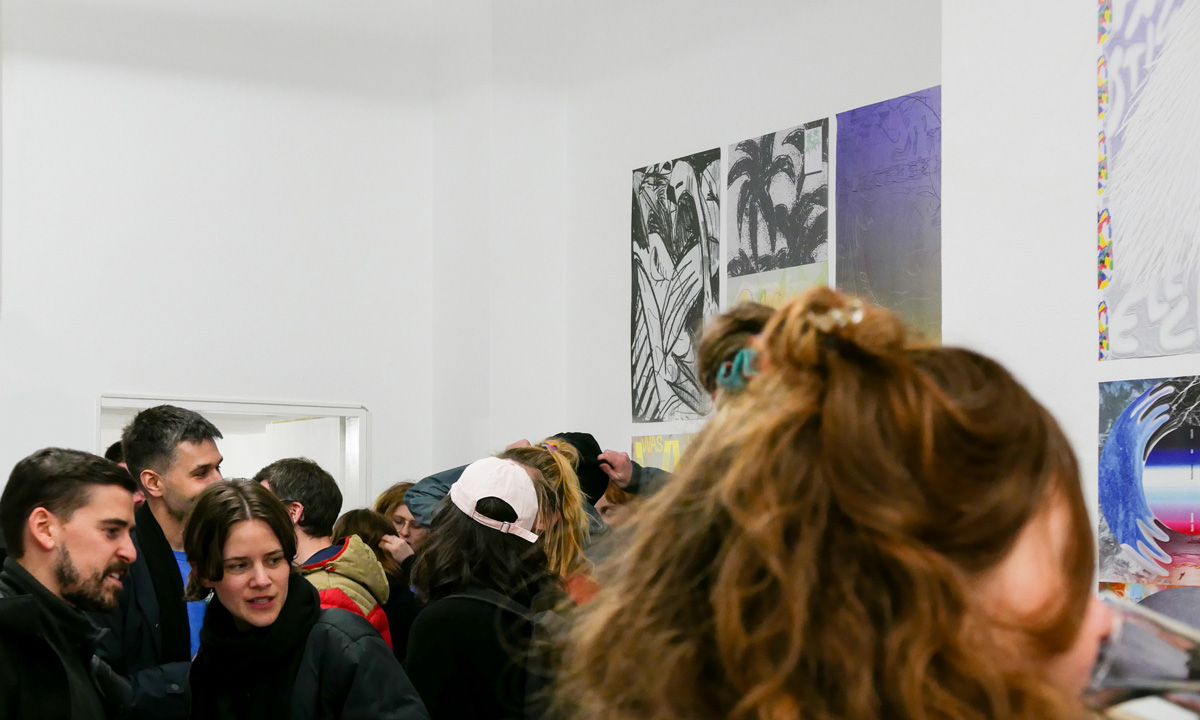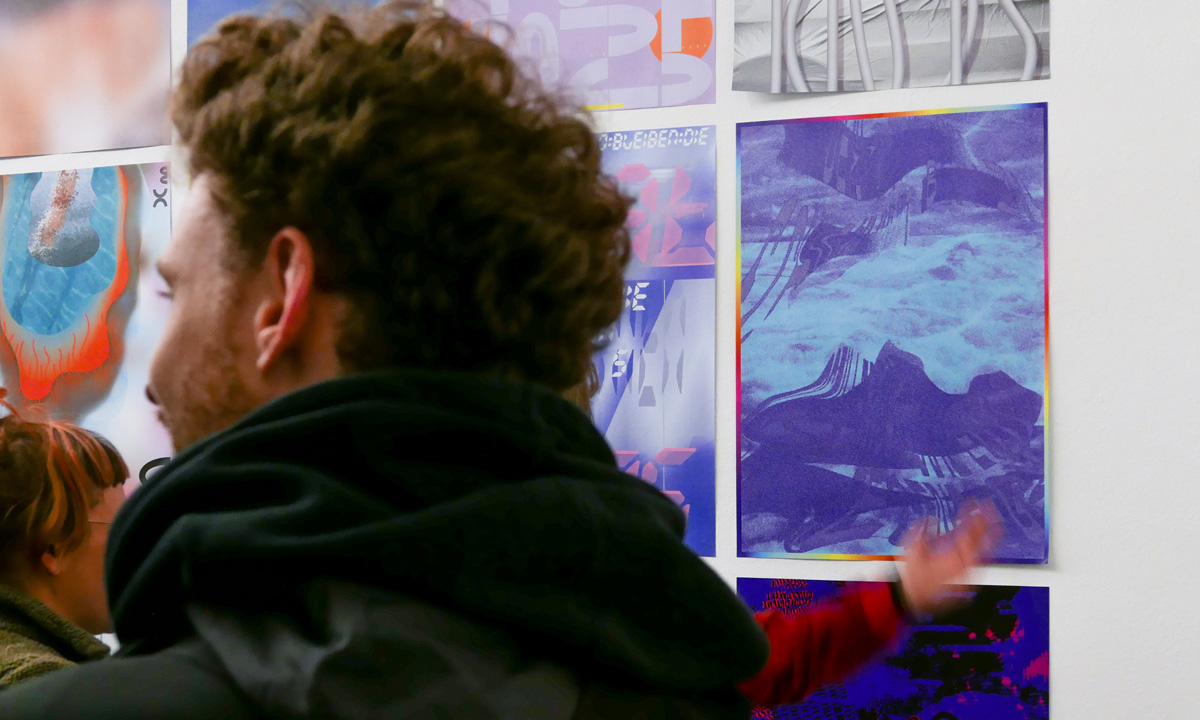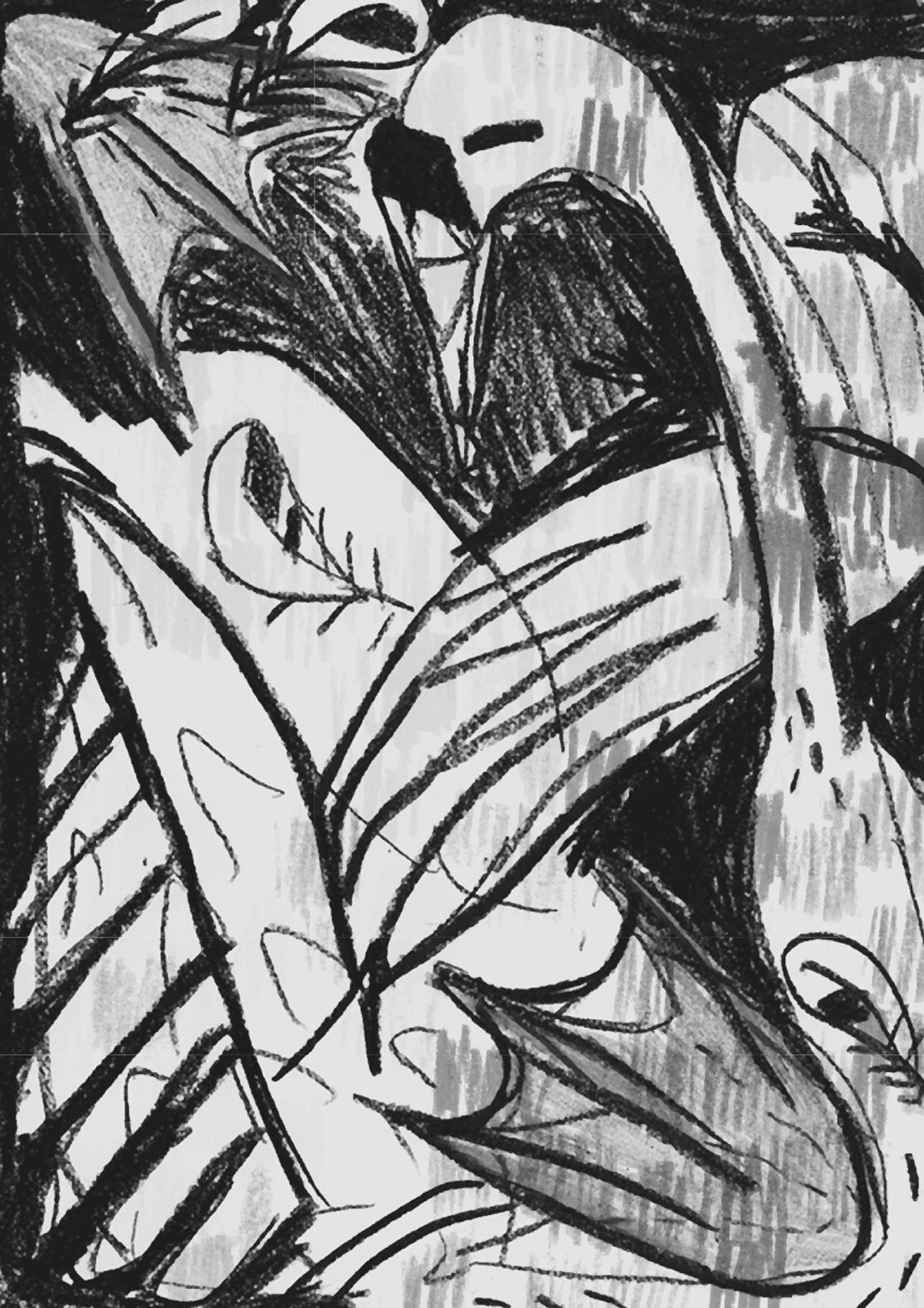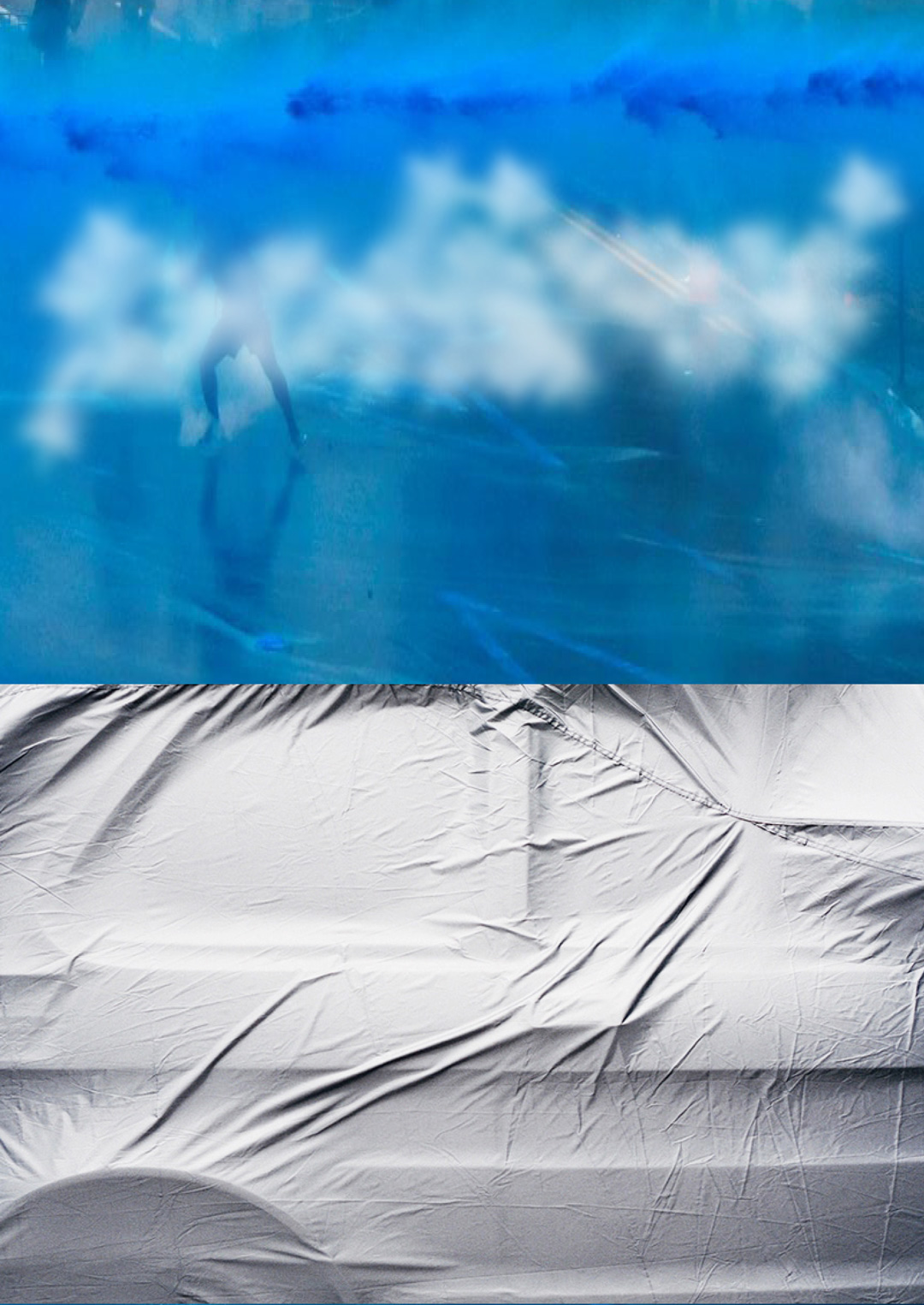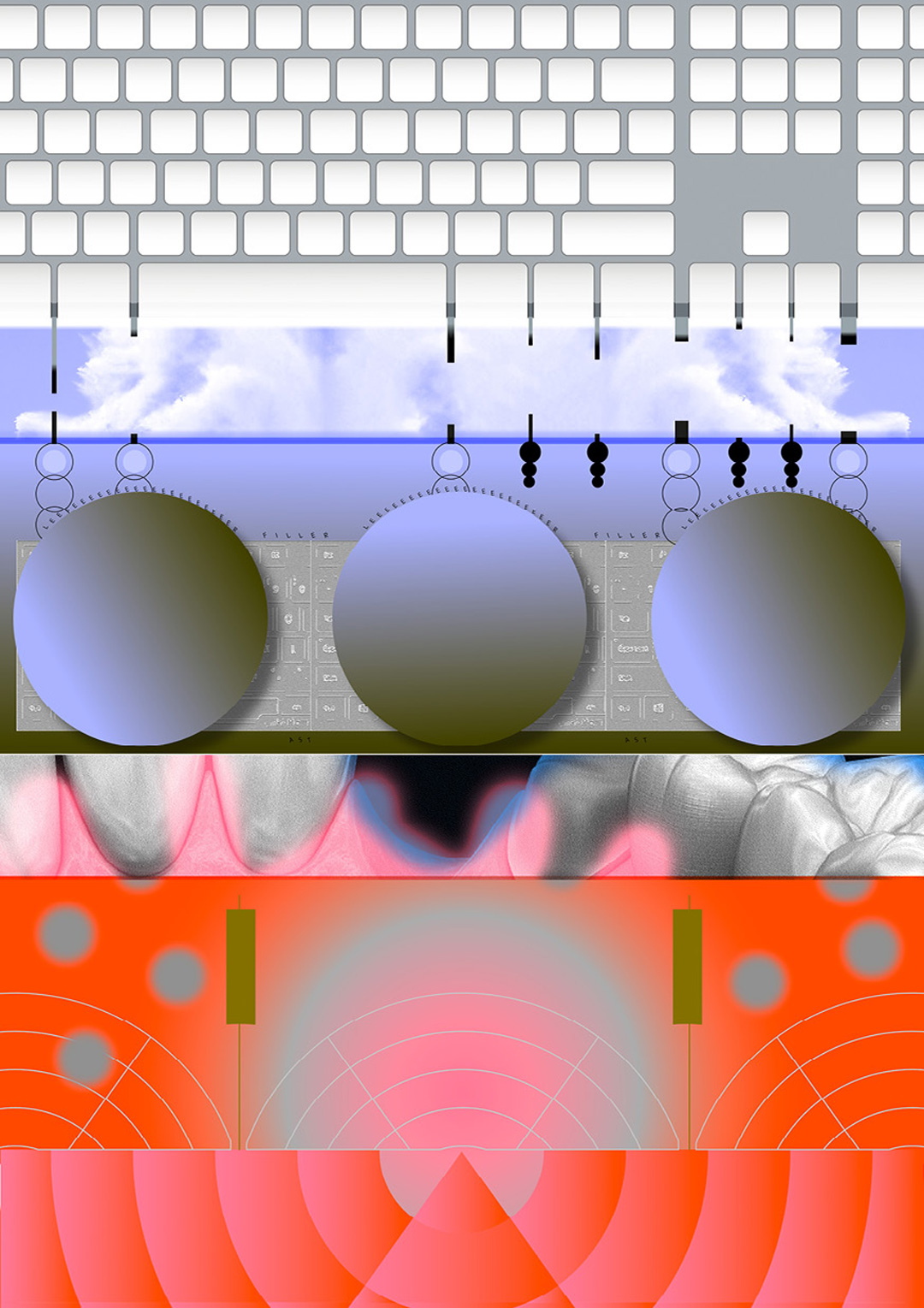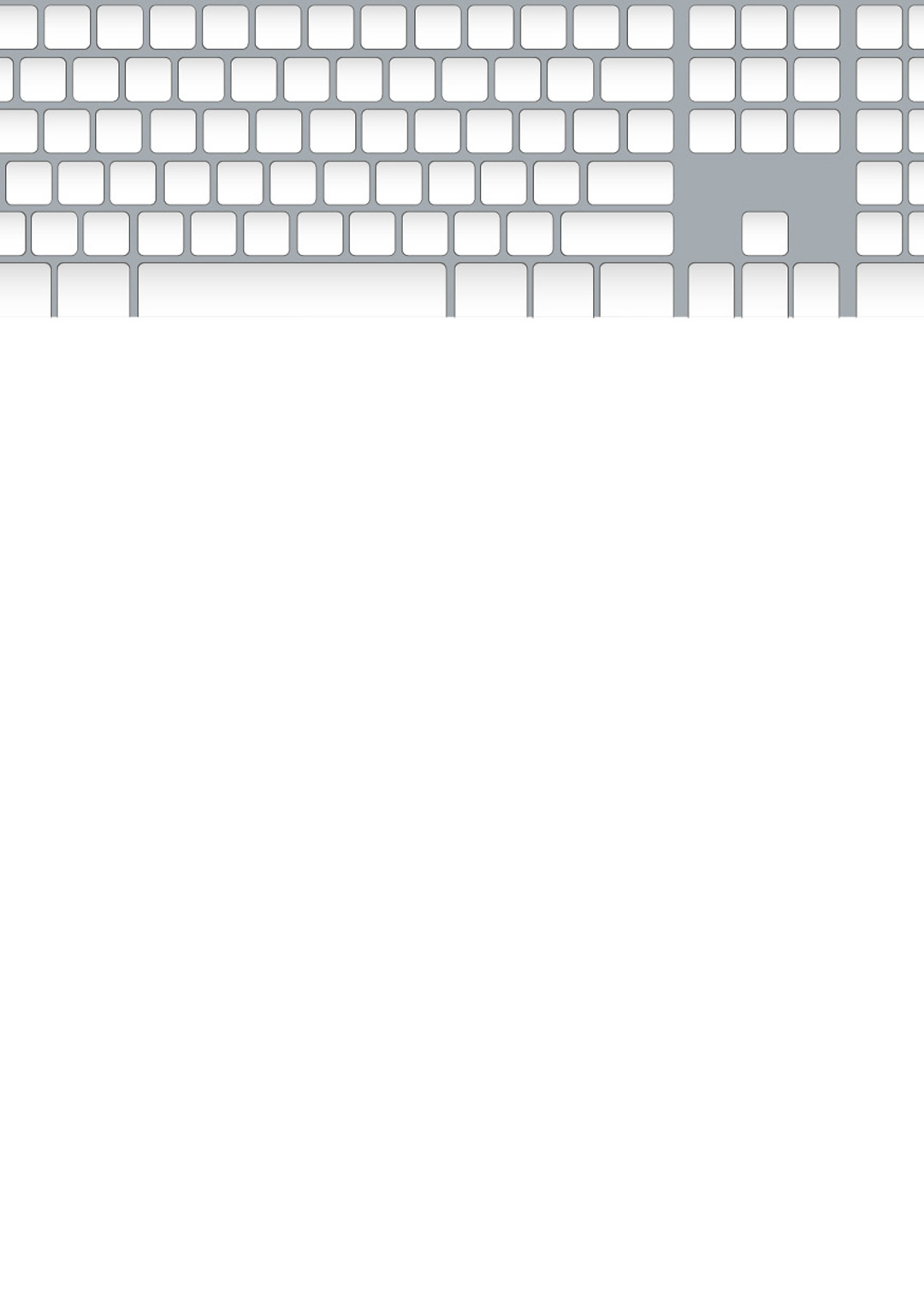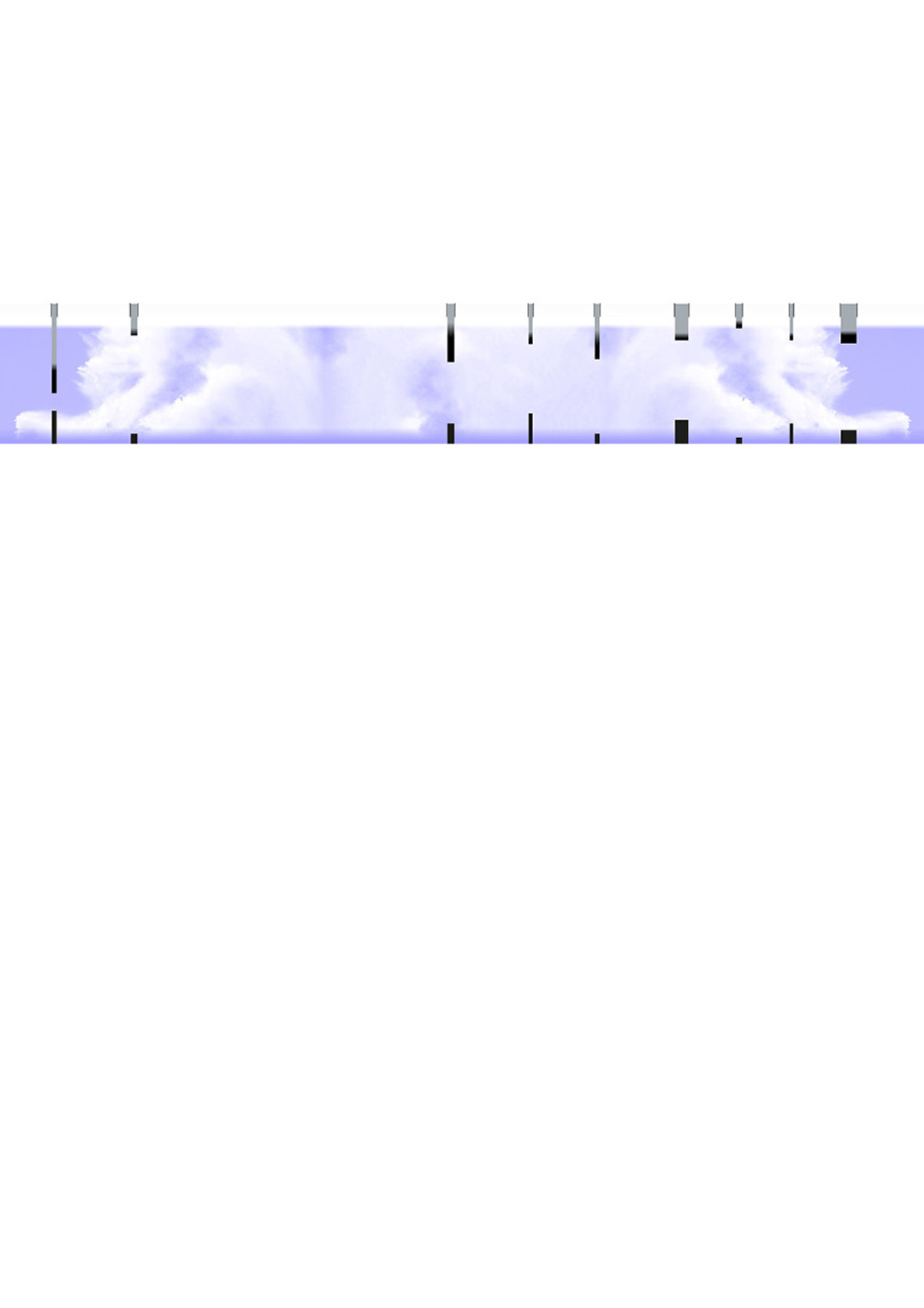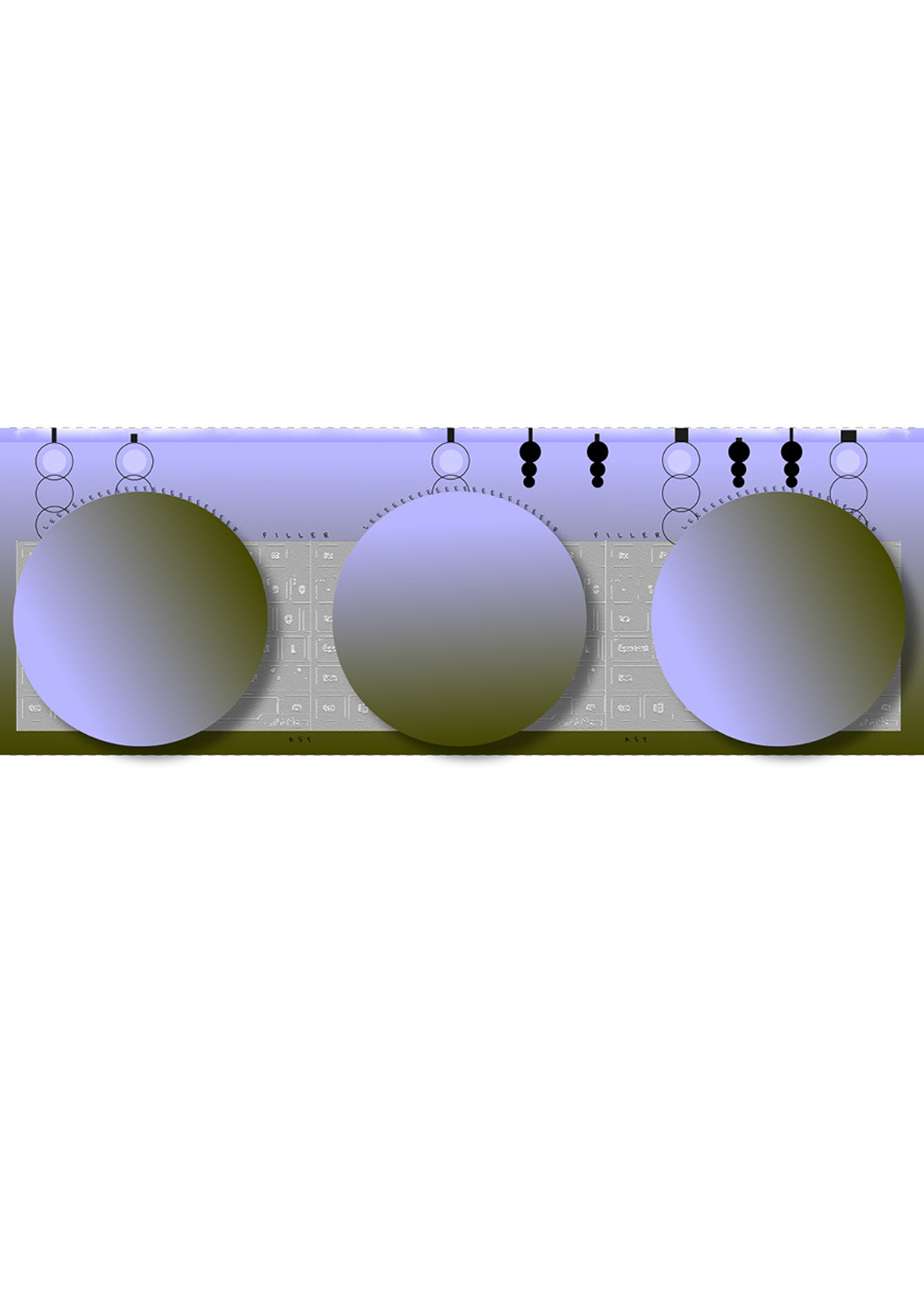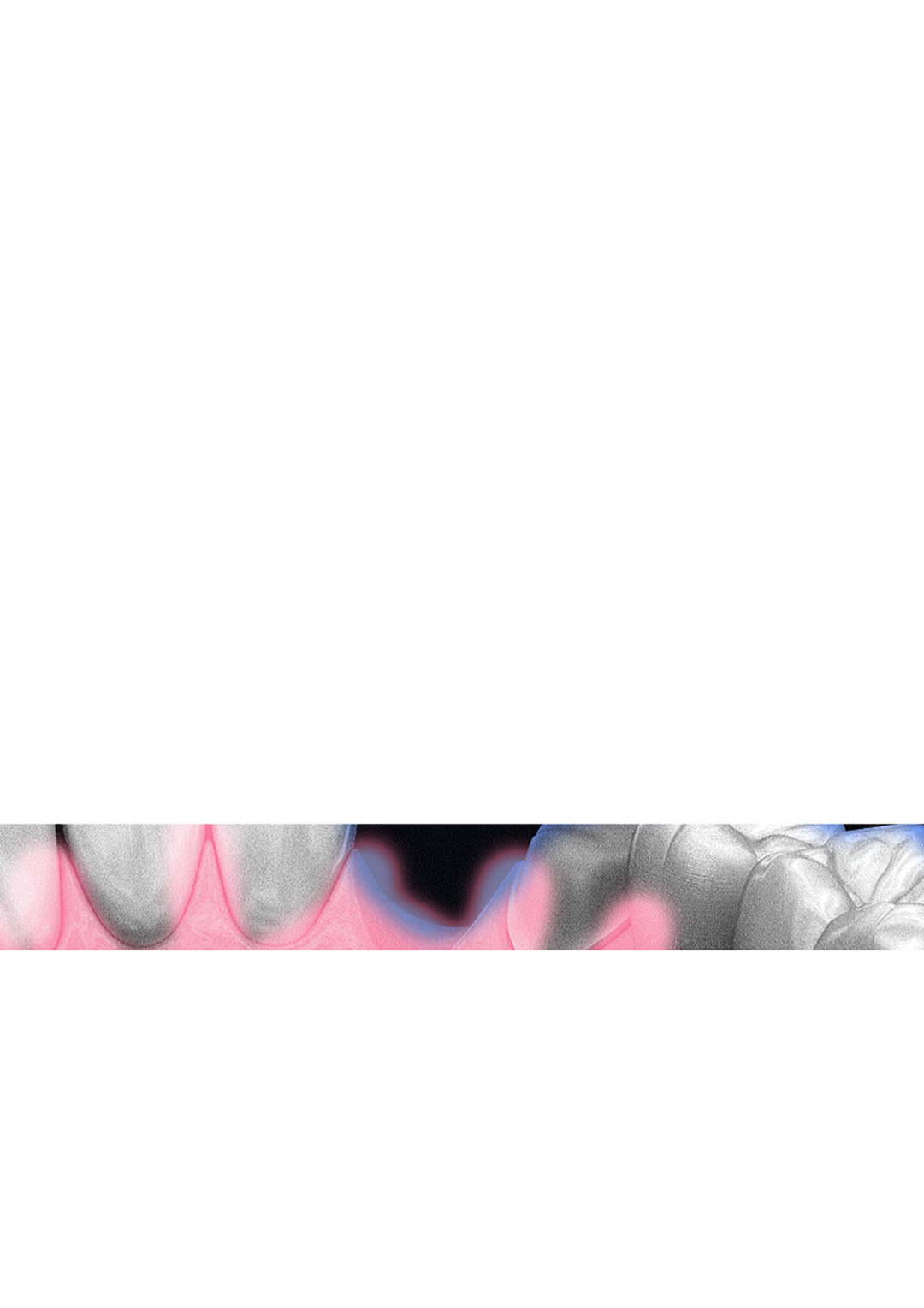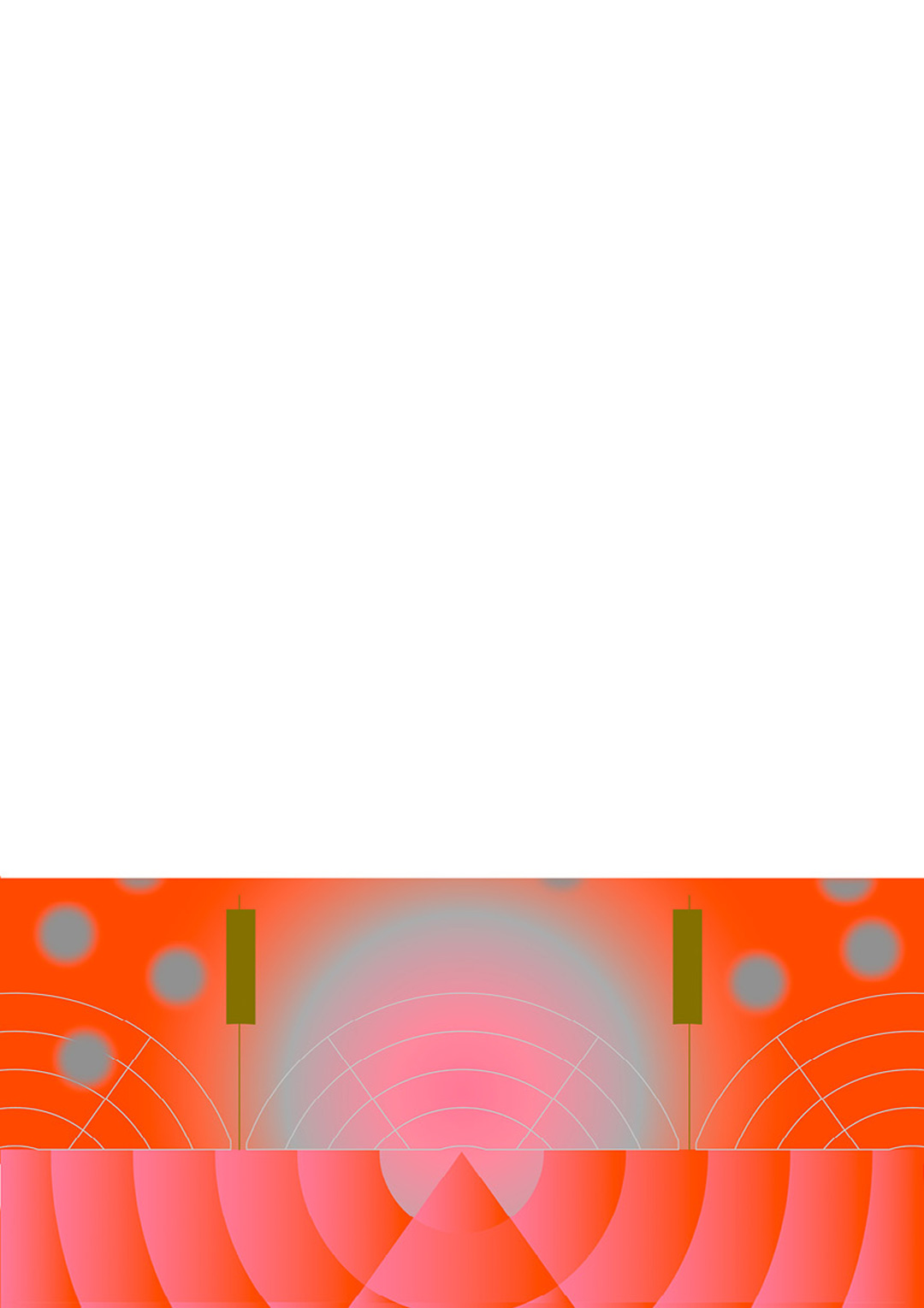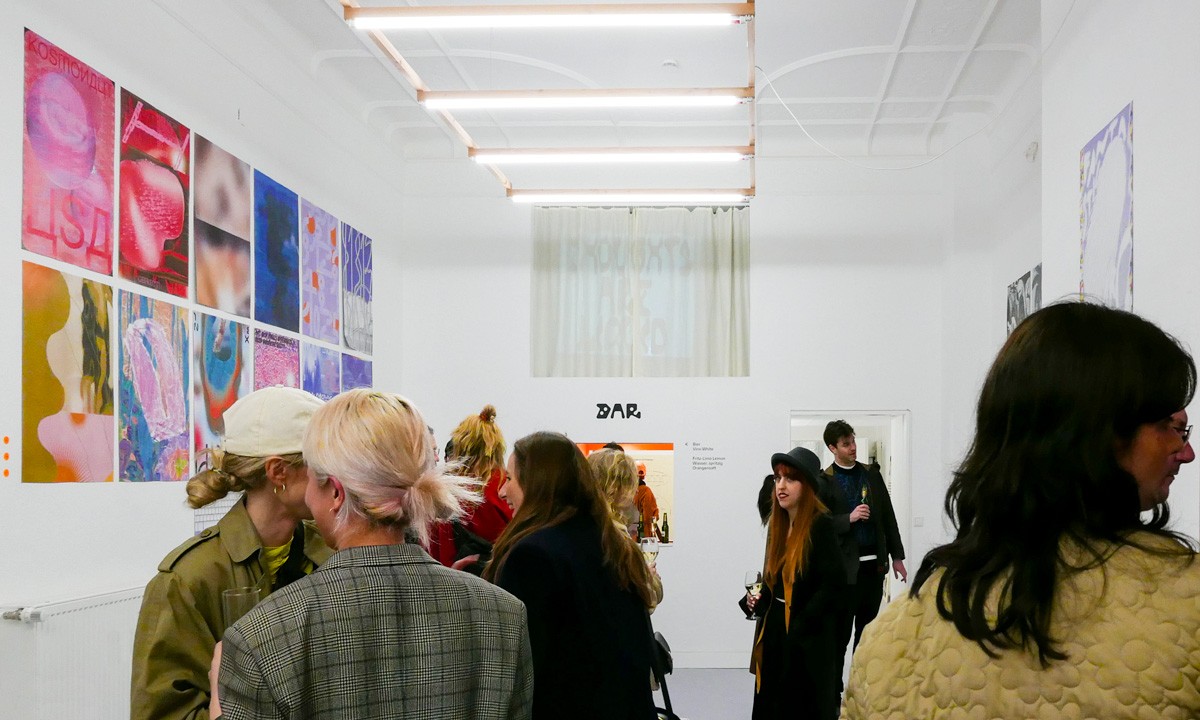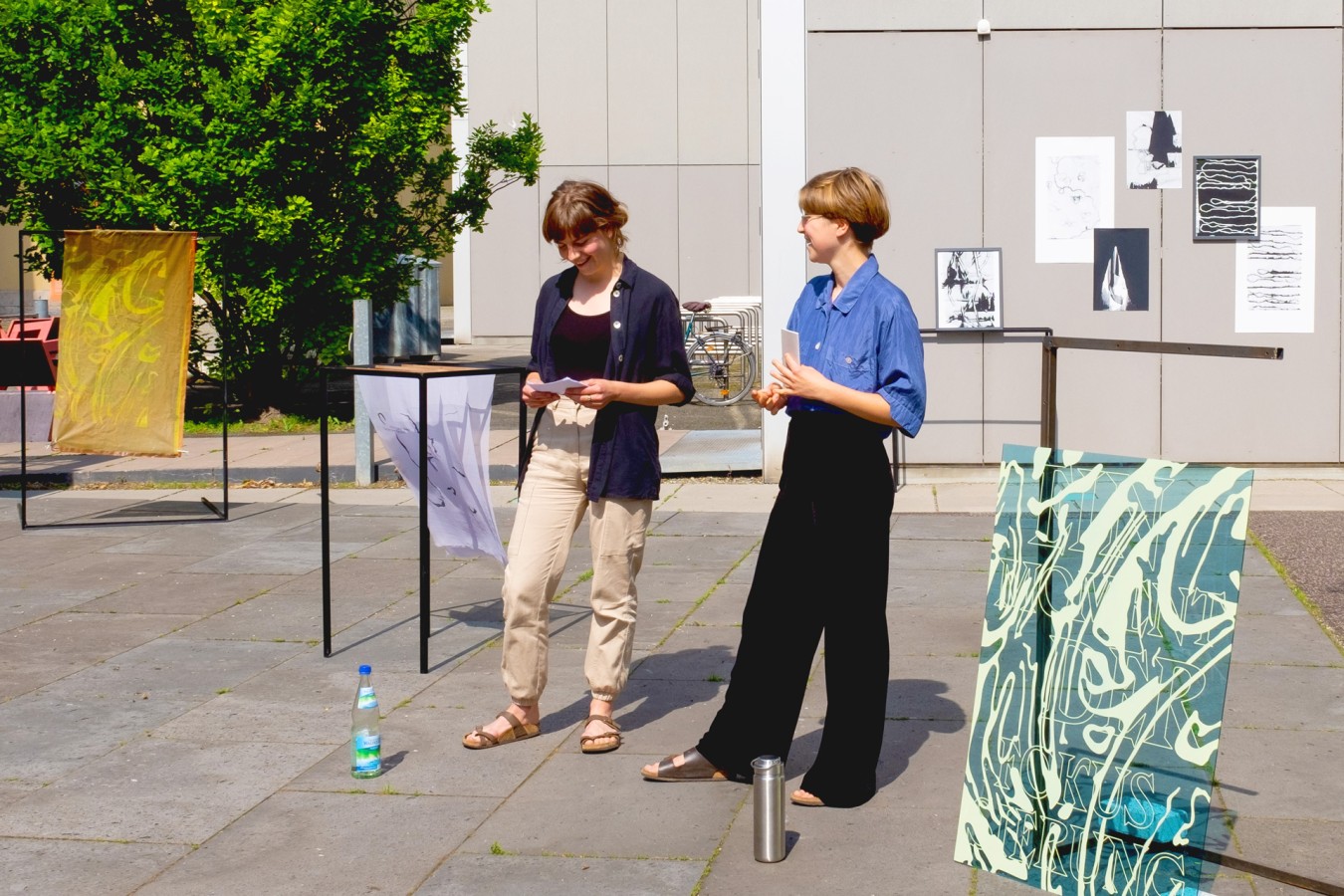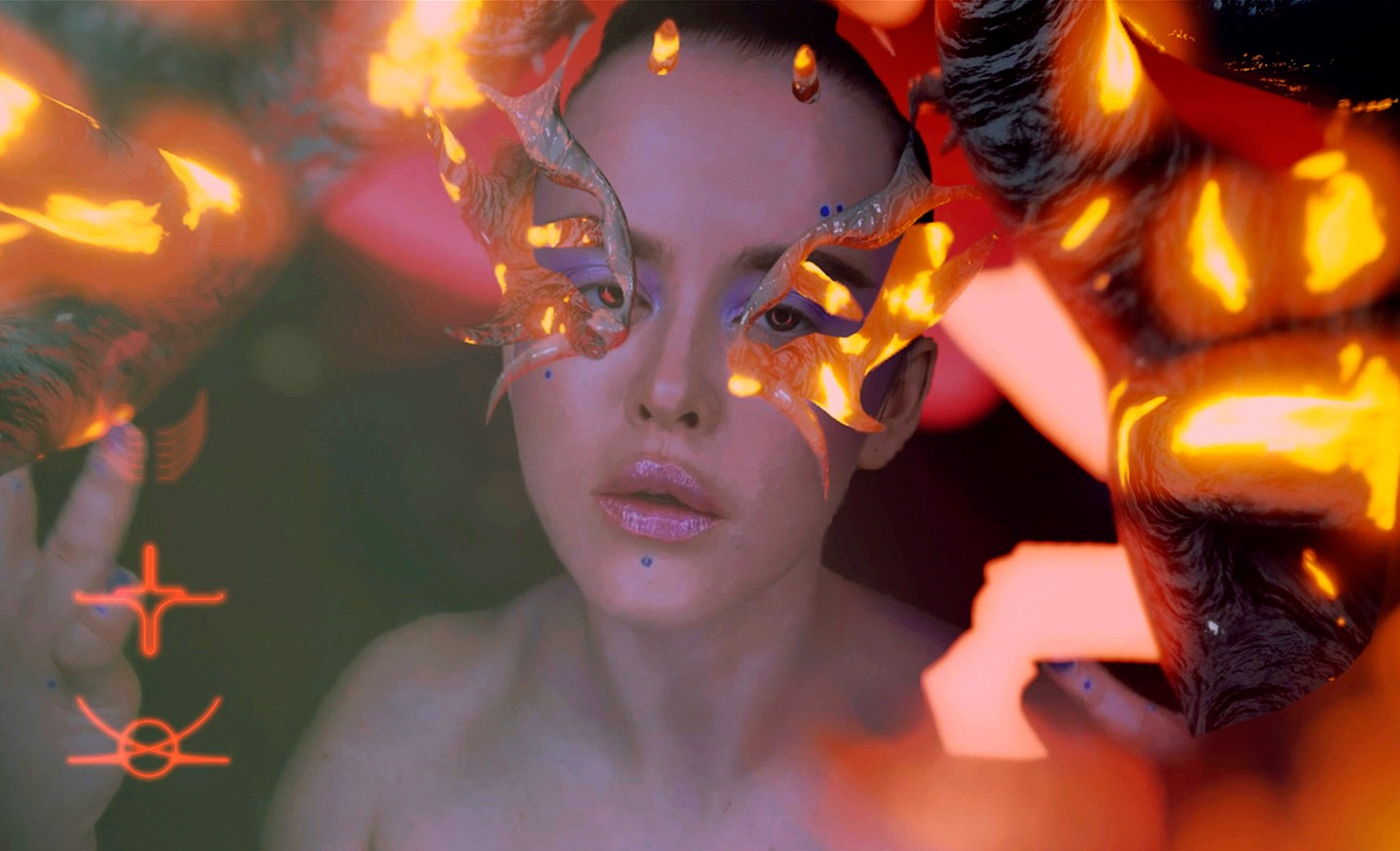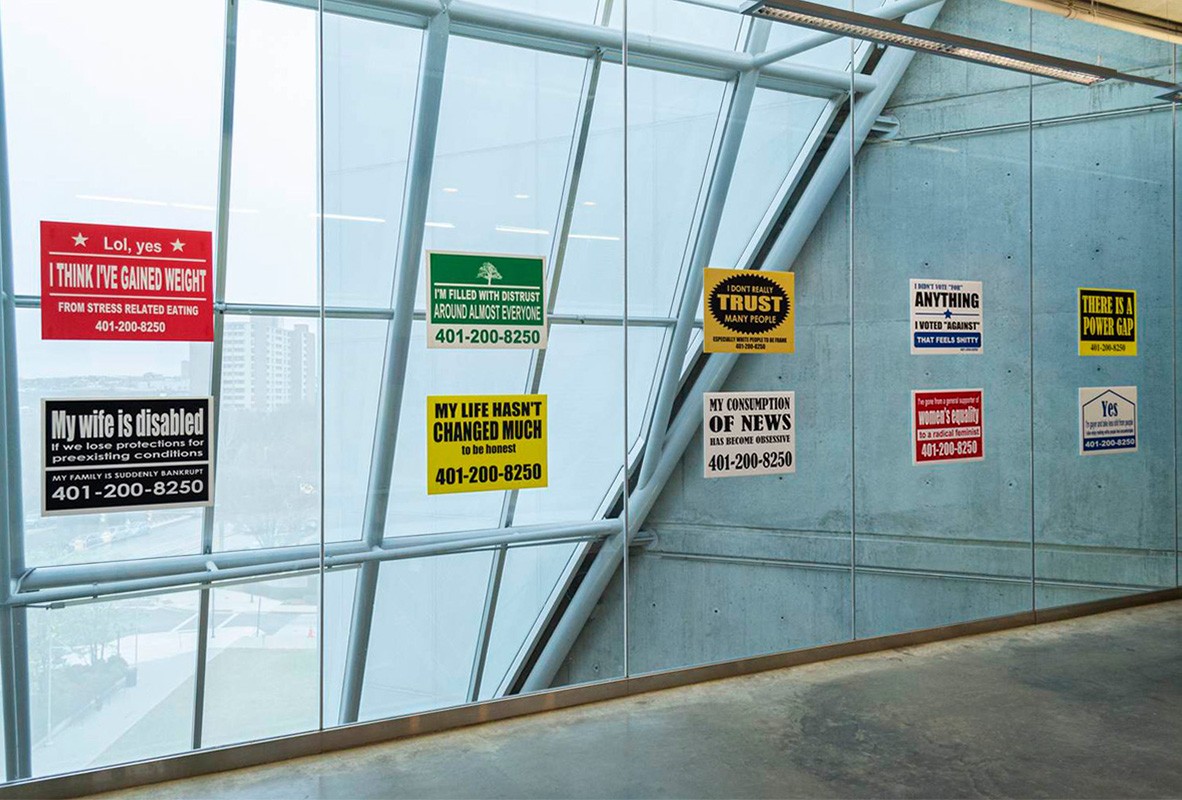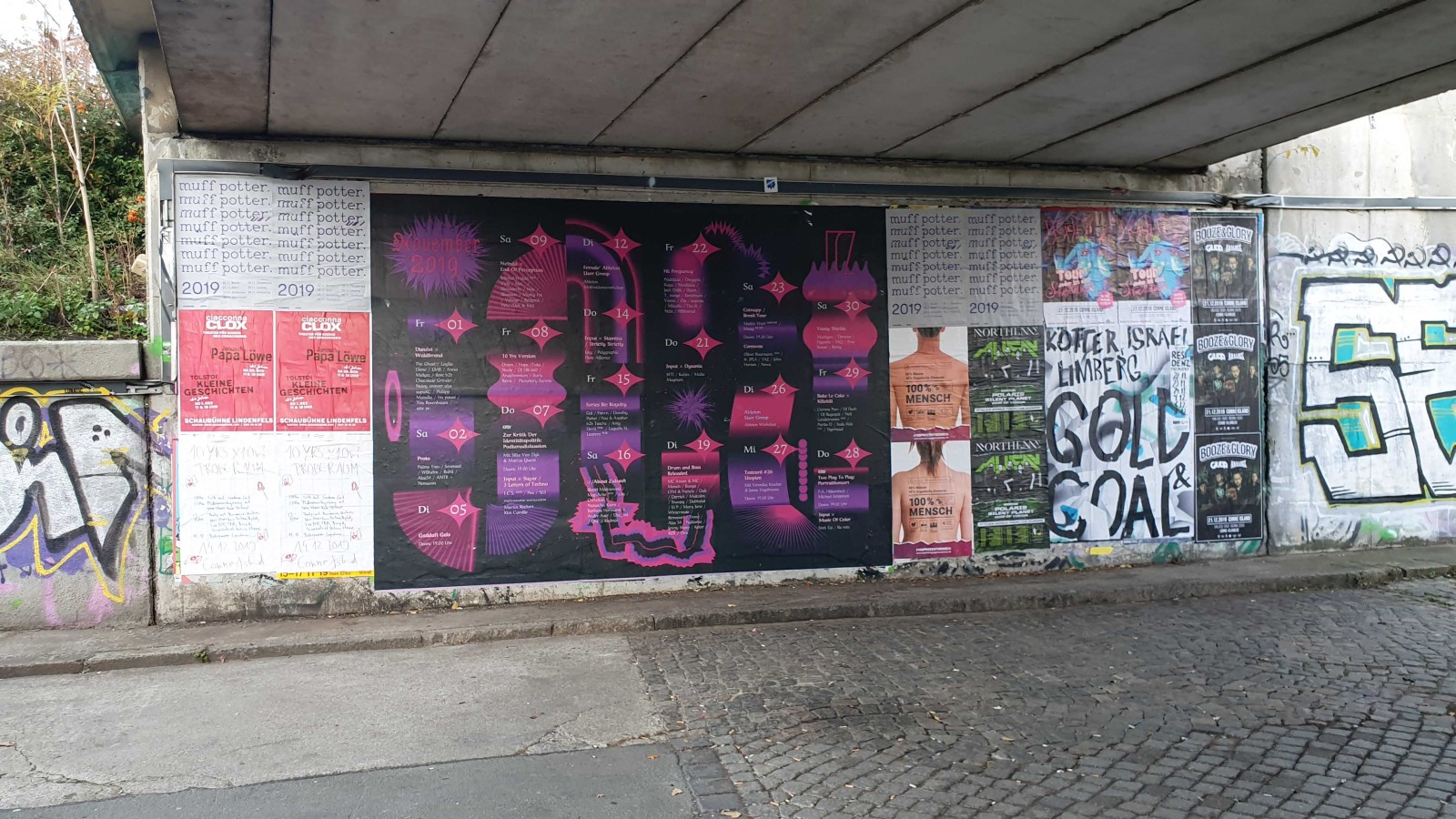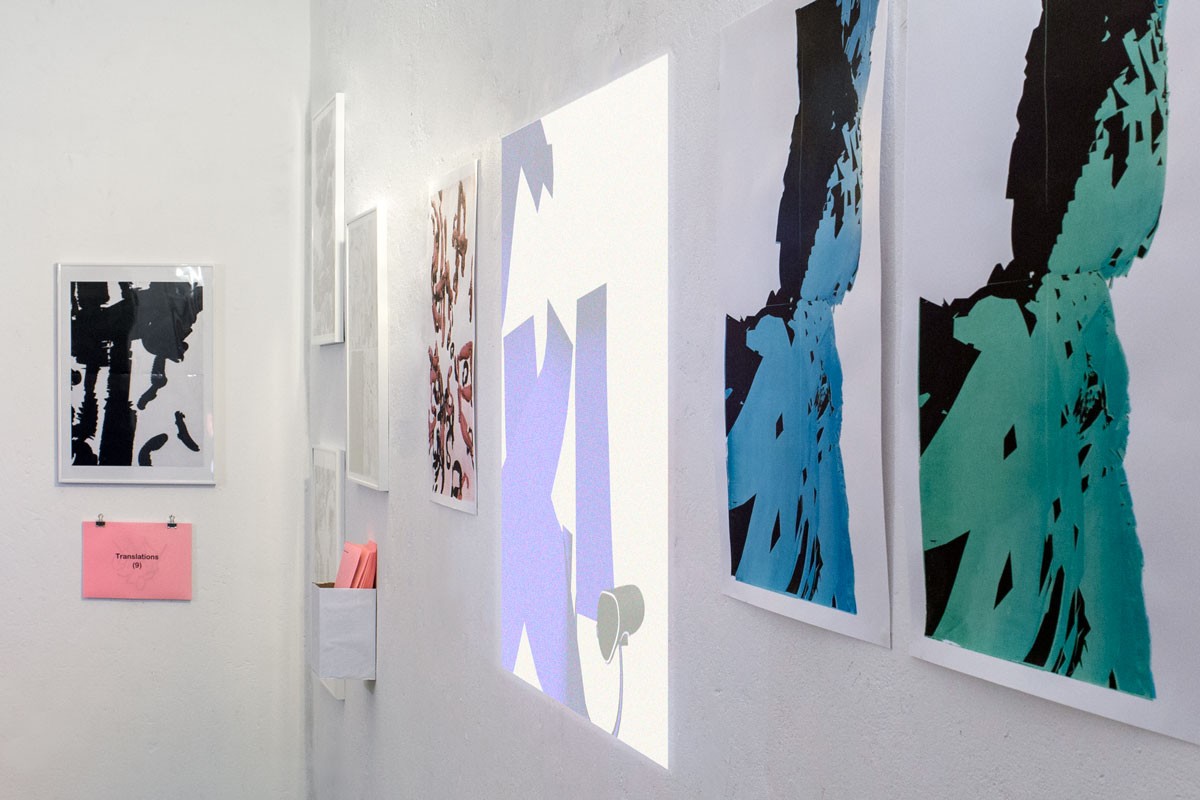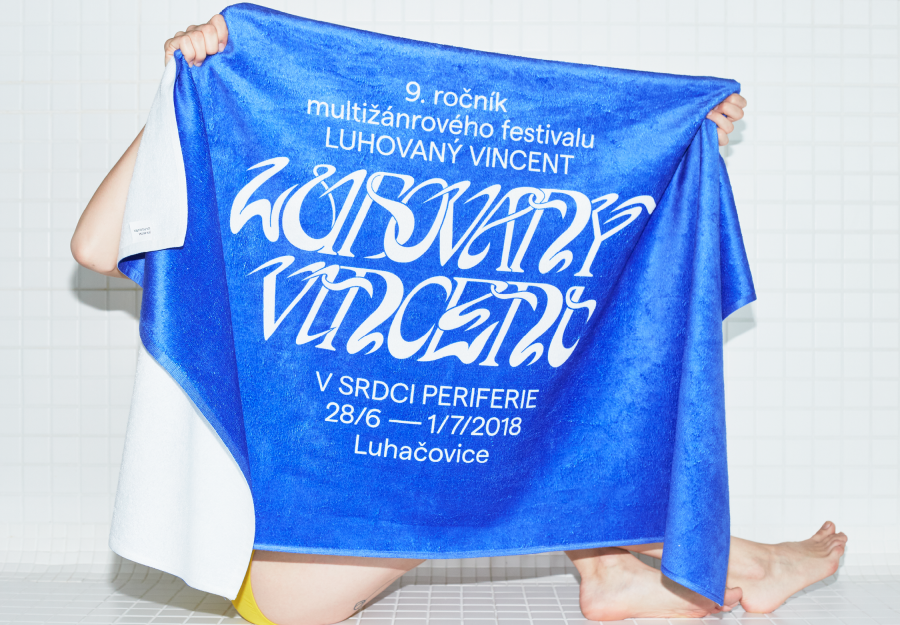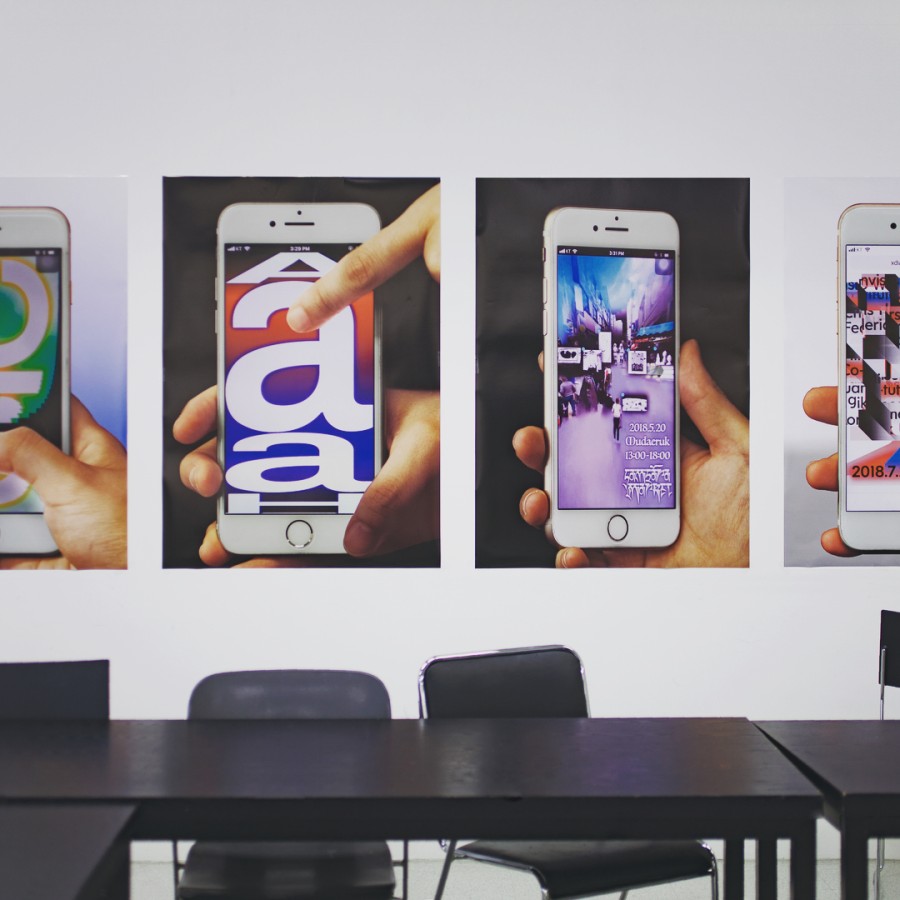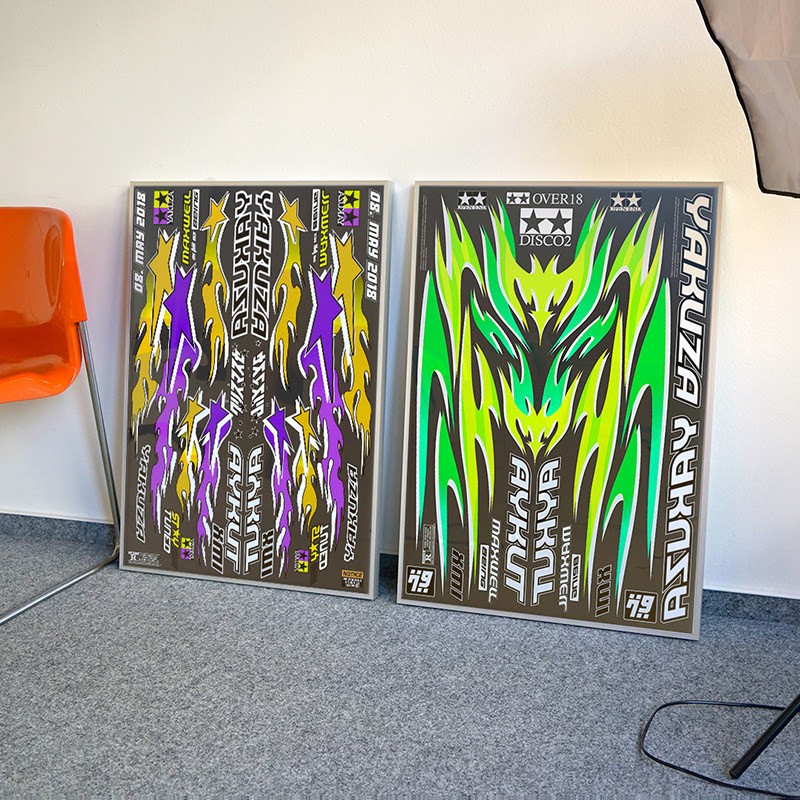Initiated by Sara Cristina Moser, Mado Klümper, Sarah Baumann, In Chae, Sunnyi Löhmann, and Antonia Terhedebrügge, Thoughts are Liquid is as much a graphic design experiment as it is a social experiment. It explores new ways of working together and creating art by following a Dominoes-like process. For the 35 poster series, the designers each chose a topic or slogan to work with. A series consists of six posters in total, so everyone gets their turn. It begins with the first designer making a draft, which then gets handed over to the next person. The goal is to dissolve the concept of ownership over the design, and by doing so, open up the space for play.
“It was easier said than done,” Sara recalls at the Thoughts are Liquid opening. “It took some getting used to modifying another person’s design, much less turning it into something entirely new. Once we reflected on this and overcame this barrier, the posters got visibly more experimental.”
Throughout the project, the group introduced new ideas for their decentralized design process. In the series 25—29, the steps are not layers that are subtracted from or added to the previous design, but rather follow a fill-in-the-gap process: The second designer in line will only see a thin row of pixels from the previous design that they can use as a starting point to fill in a designated area of the poster.
The collaborative approach causes the styles to enter into dialogues with each other: voices tangle up to a humming sound and individual styles become progressively unidentifiable, as layers are added to the posters by the collaborators. At the same time, the results could not be more diverse, with each product displaying a unique quality.
A question that emerges from Thoughts are Liquid is: What effects can collaborative design processes have on democratic processes in general? Opening oneself up to design processes that don’t glorify the creation of selected individuals but facilitate togetherness in creating requires making compromises and setting up a framework of rules, while remaining playful in the approach. The six designers and friends powerfully demonstrate: when this is done successfully, the results are visually enticing and inherently democratic, yet not haphazard •

